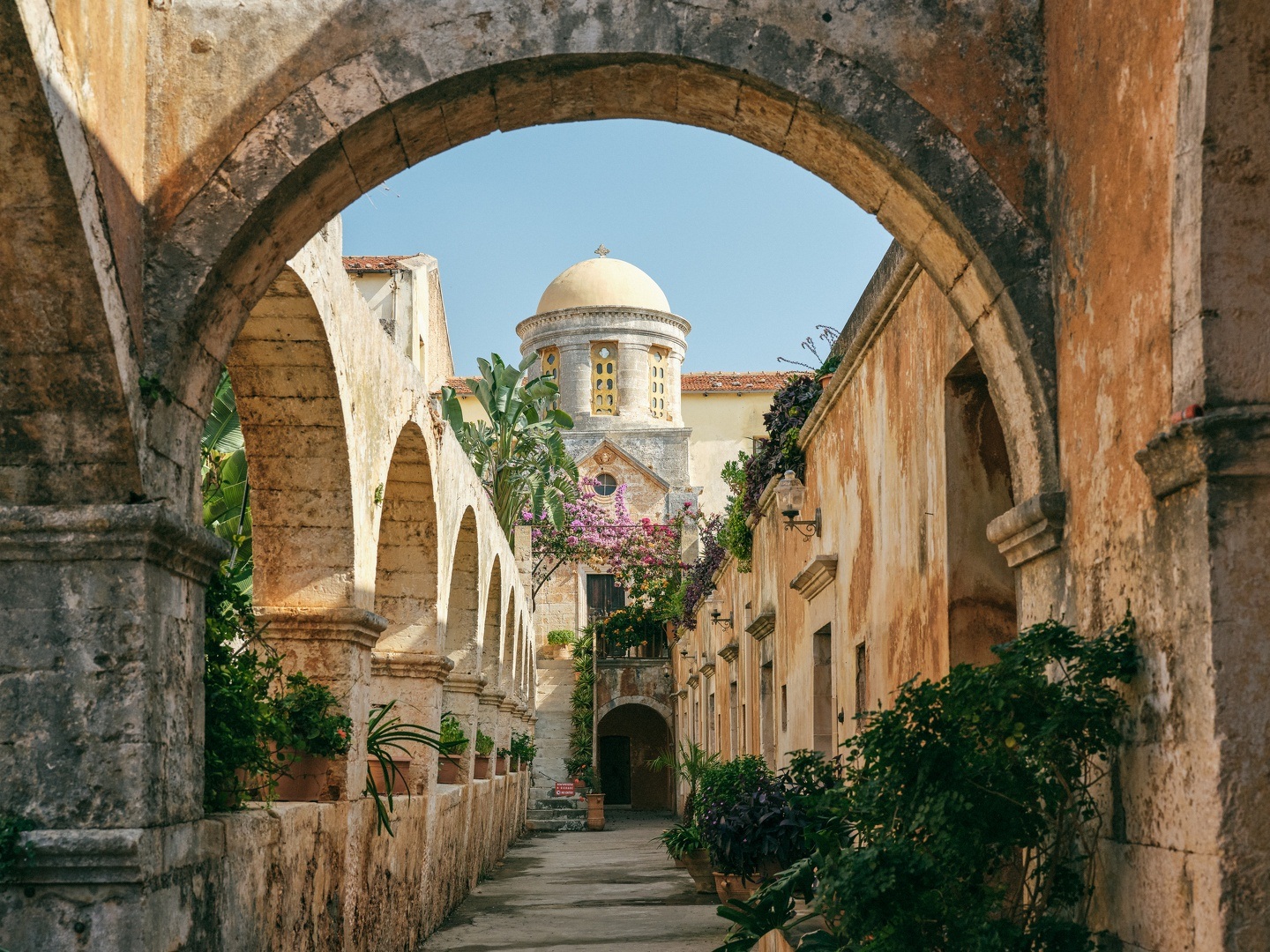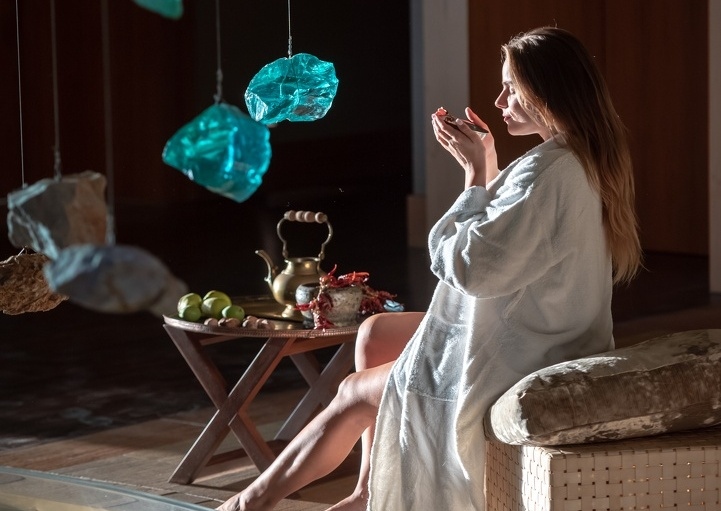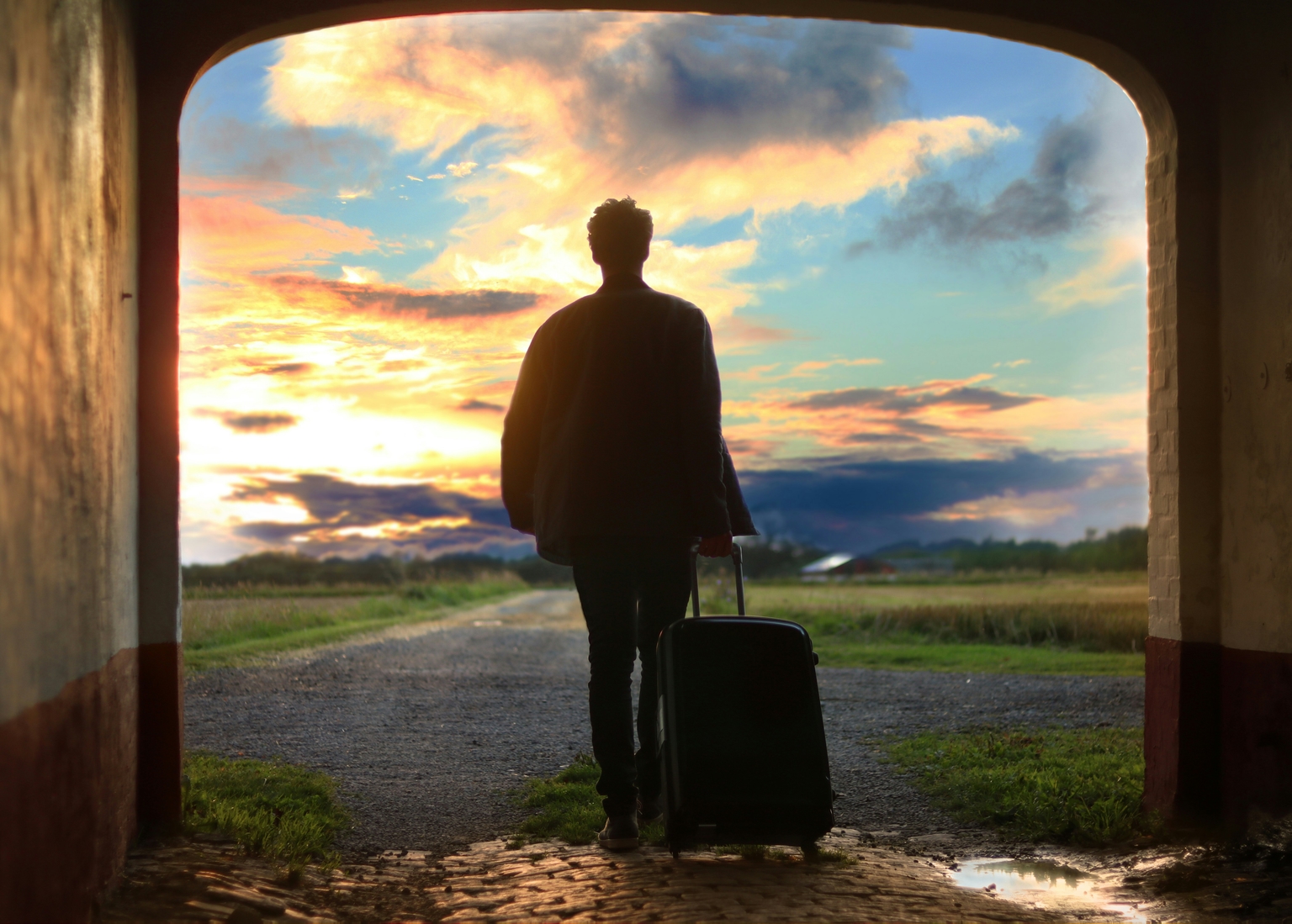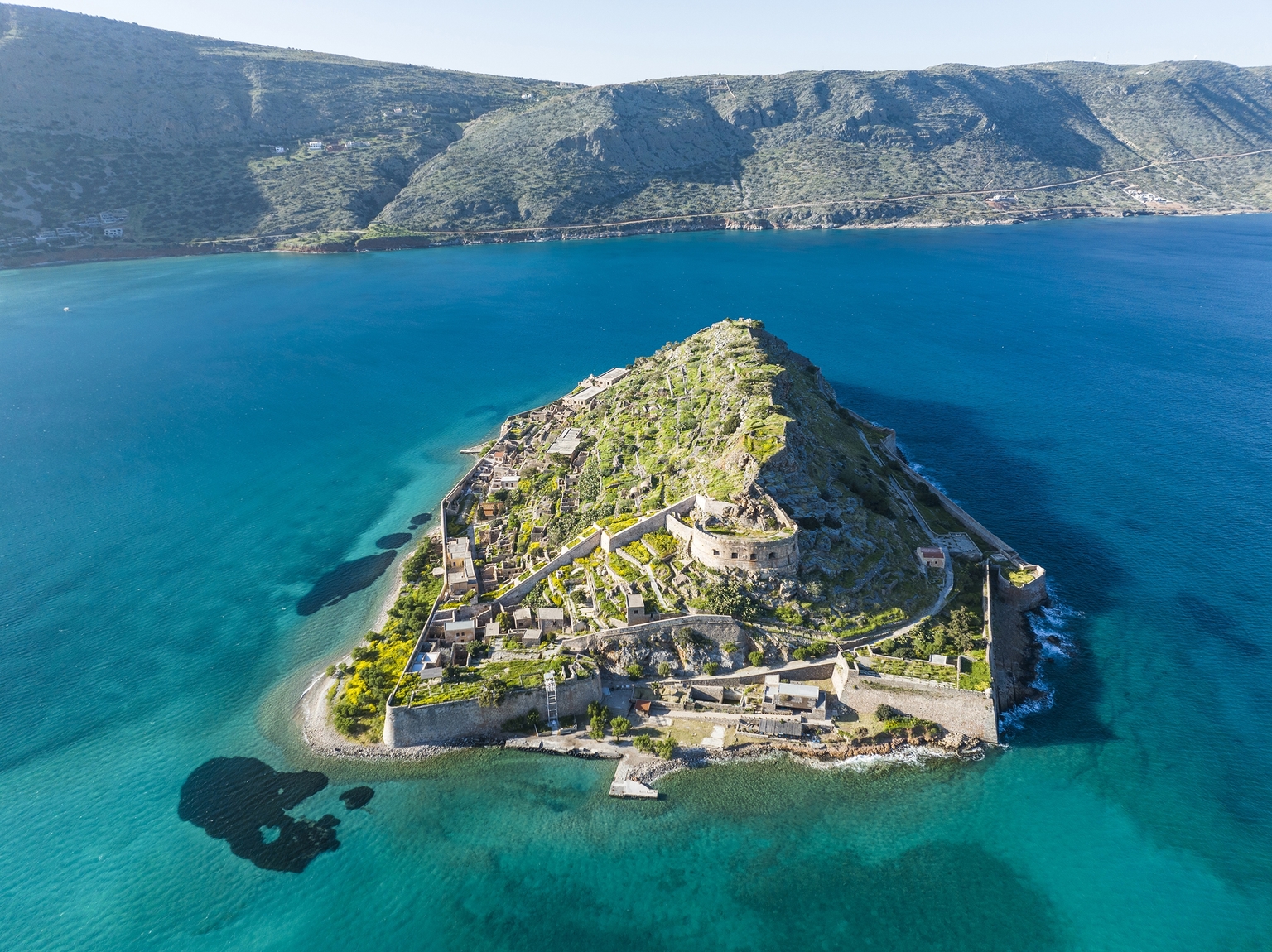
In Crete, ‘dagoulakia’ refers to crispy rusks, these delightful and aromatic bread crisps enjoyed by people of all ages. They are commonly savoured dipped in boiled milk or tea, or served as a delightful treat or accompaniment to coffee and tsikoudia.
Ingredients:
Sourdough or fresh yeast
Approximately 1 kg of all-purpose flour
1 glass of sugar or honey
1 wine glass of olive oil
1 wine glass (2 tablespoons) of ash infusion made from natural wood, or 1 wine glass of orange juice
1 1/2 glasses of cinnamon-clove mixture (made with 2 cinnamon sticks and 4 cloves)
1 cup of lemon zest
1/2 teaspoon of crushed mastic
Procedure:
Step 1
To prepare the sourdough follow these steps: Combine the sourdough with lukewarm water in a large bowl, and add enough flour to form a thick porridge. Allow it to rise in a warm place, covered with a cloth. If you don't have sourdough, you can use 75 grams of fresh yeast instead.
Step 2
Sift the flour and prepare the cinnamon-infused water: boil the water with the cinnamon, then drain and let it cool.
Step 3
Prepare the ash infusion: sift the ash and boil it with water, then let it cool, settle, and strain it.
Step 4
As soon as the dough rises, add the remaining ingredients. Slowly incorporate the flour and knead until it forms a soft dough that doesn't stick to your hands.
Step 5
Divide the dough into equal parts and shape them into elongated cylindrical buns. Use a knife to score vertical slices on top of each bun. Arrange the buns on a baking pan lined with parchment paper, leaving some space between them as they will expand during baking.
Step 6
Bake the buns at 170 degrees Celsius on the middle rack for 30-35 minutes, or until they are golden brown.
Allow them to cool, then by hand, break them into pieces to form dagoulakia.
Place the dagoulakia back into the baking pan and let them bake again for 30 to 40 minutes at 75 degrees Celsius, until they become crispy rusks.
Lena Igoumenaki
President of the Cretan Cuisine Festival Association
Cretan Cuisine Festival
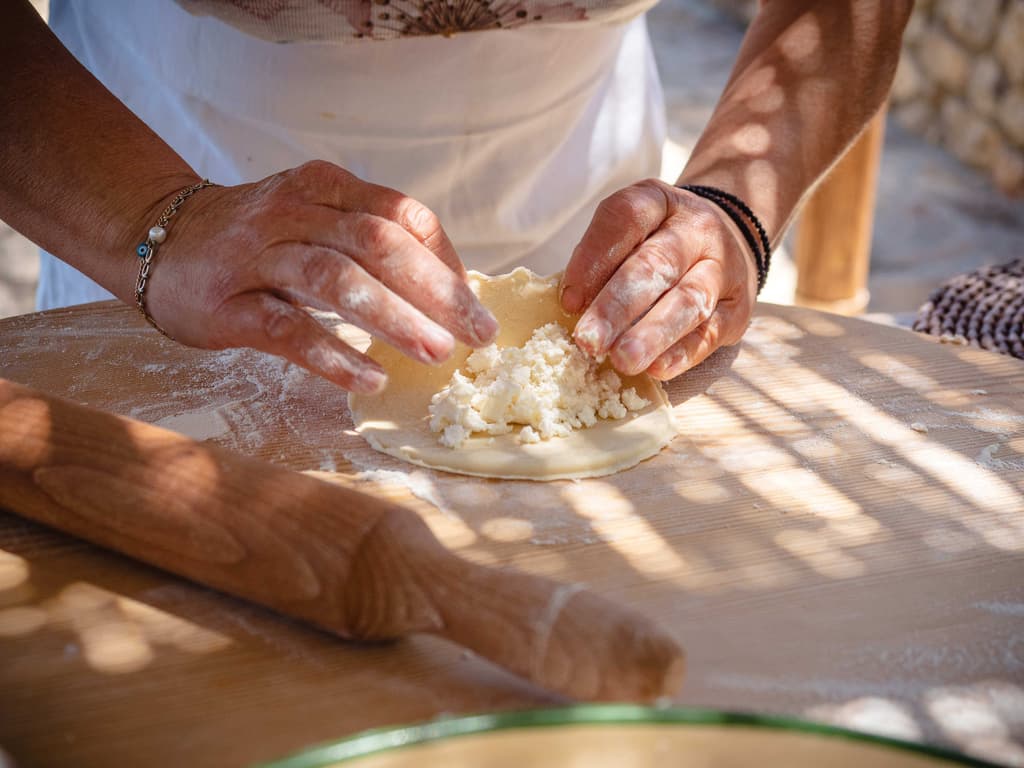
Mizithropites: Authentic Cretan Pies
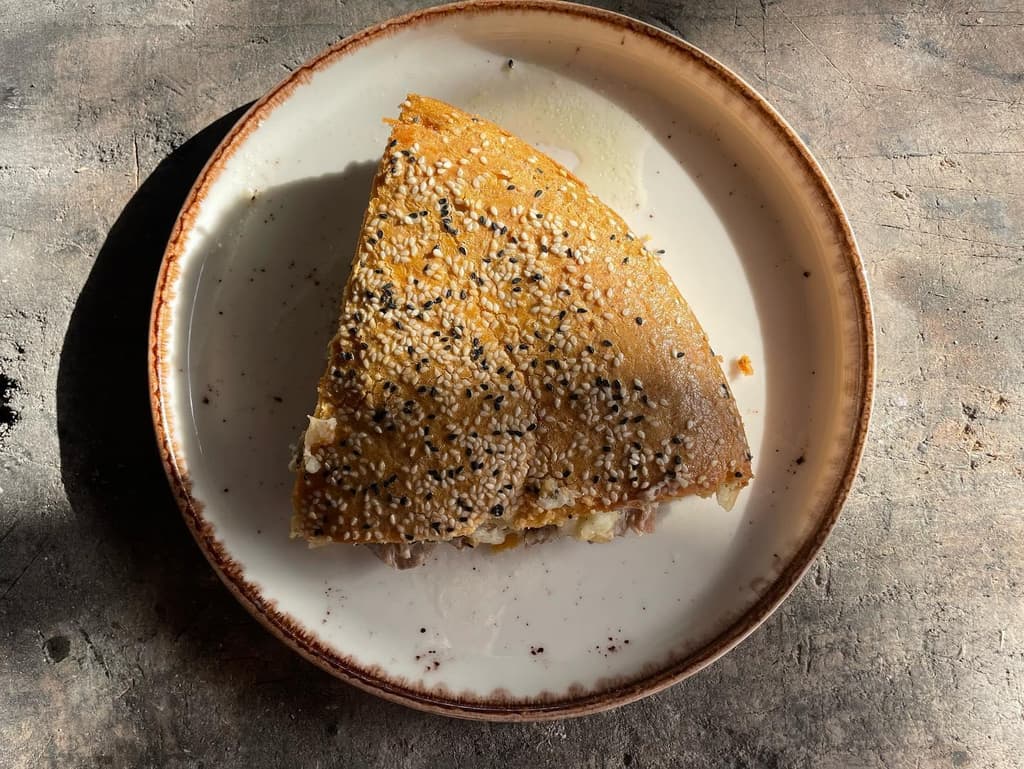
Meat cake
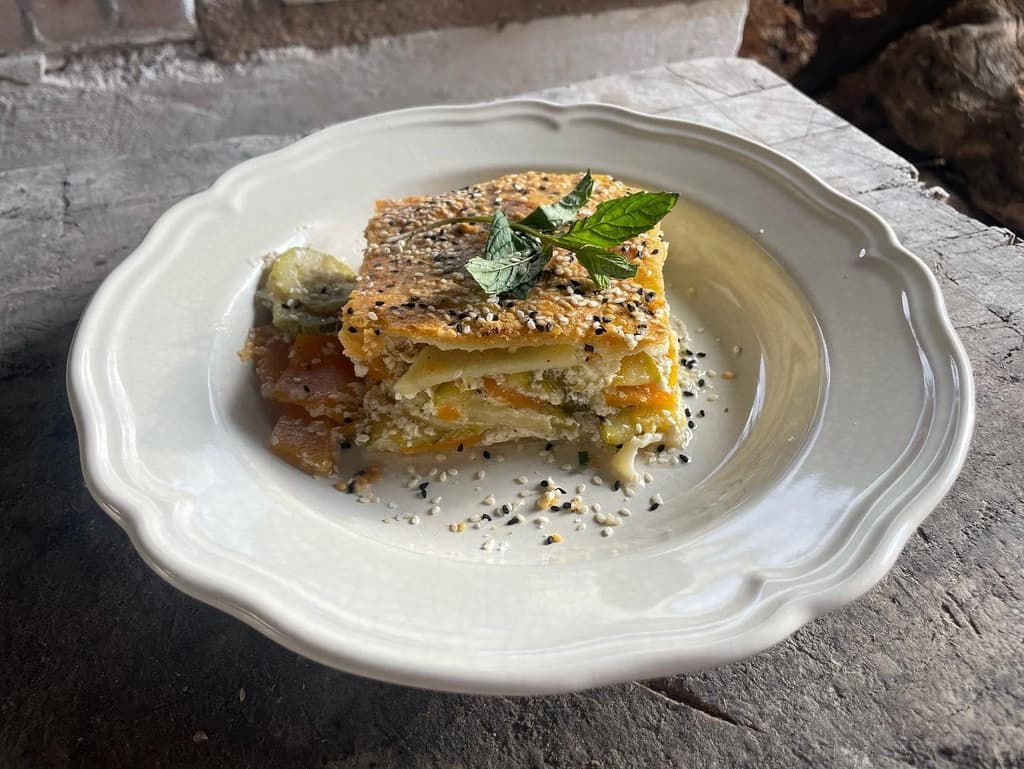
Chania Boureki or Courgette Boureki
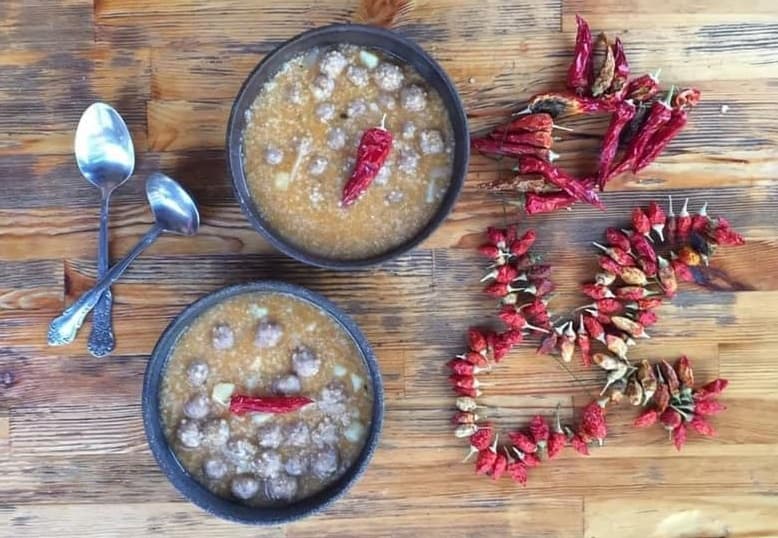
Topia (Balls)
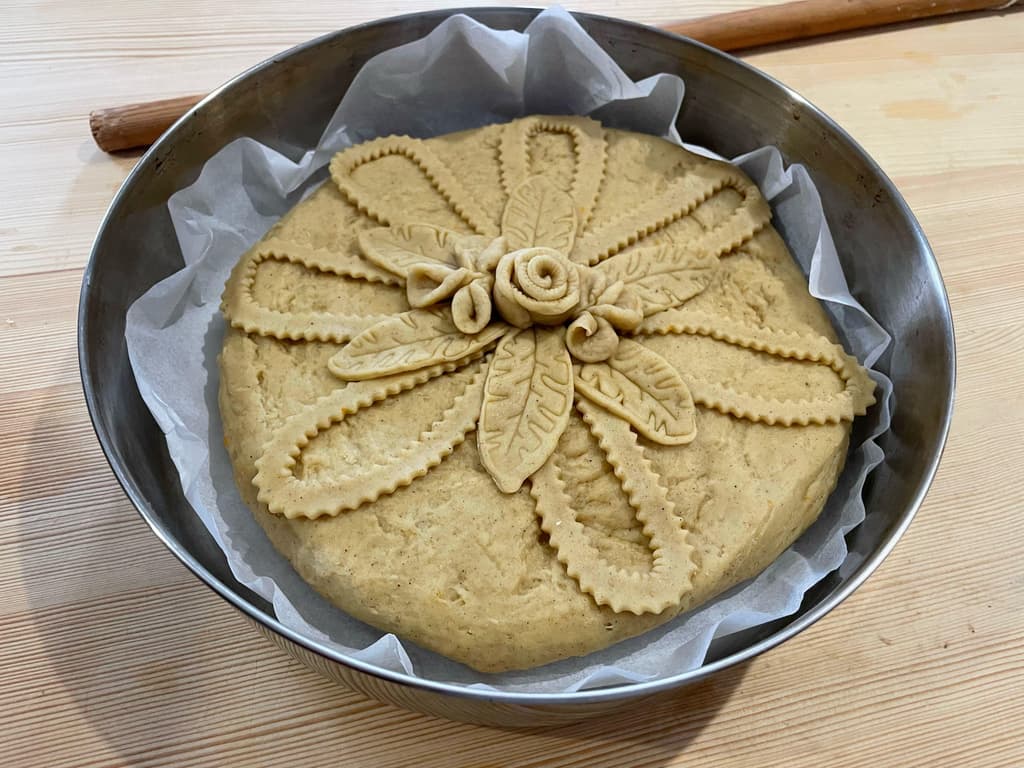
The Traditional 'Bread of the Year'
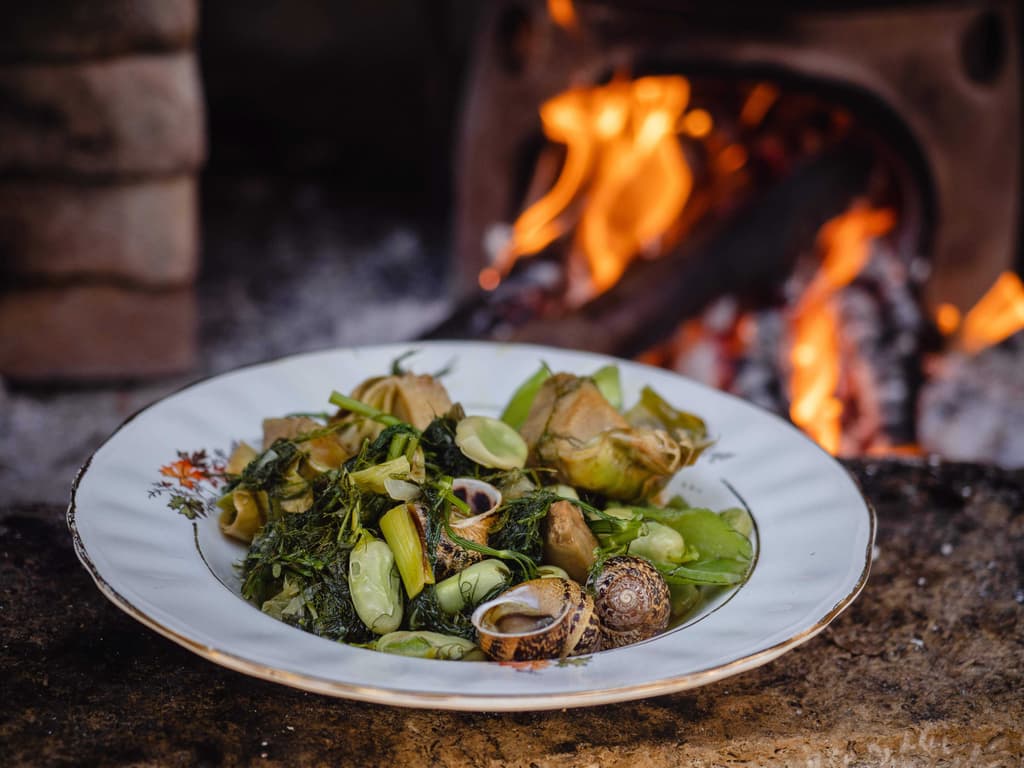
Snails with Broad Beans and Artichokes
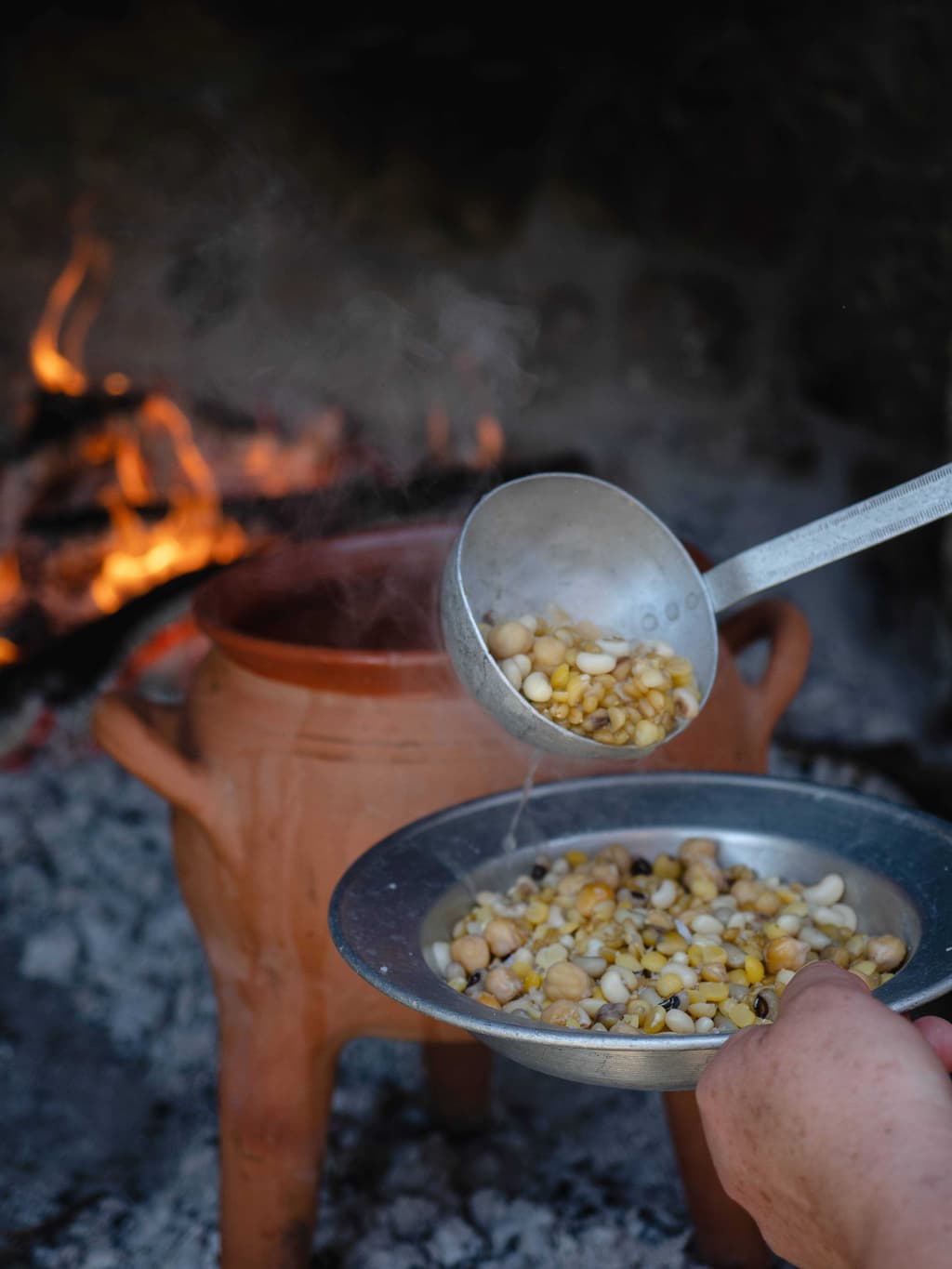
Cretan Ospriada or Palikaria (A Legume Dish)
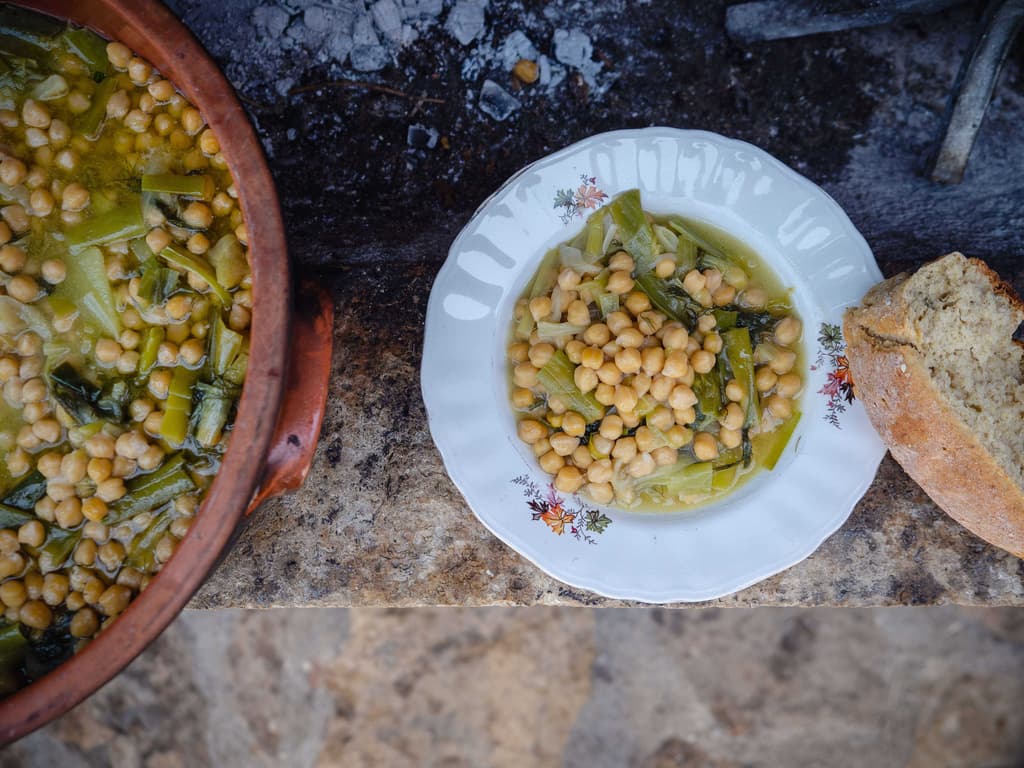
Chickpeas with Wild Leeks, Flour and Lemon Sauce
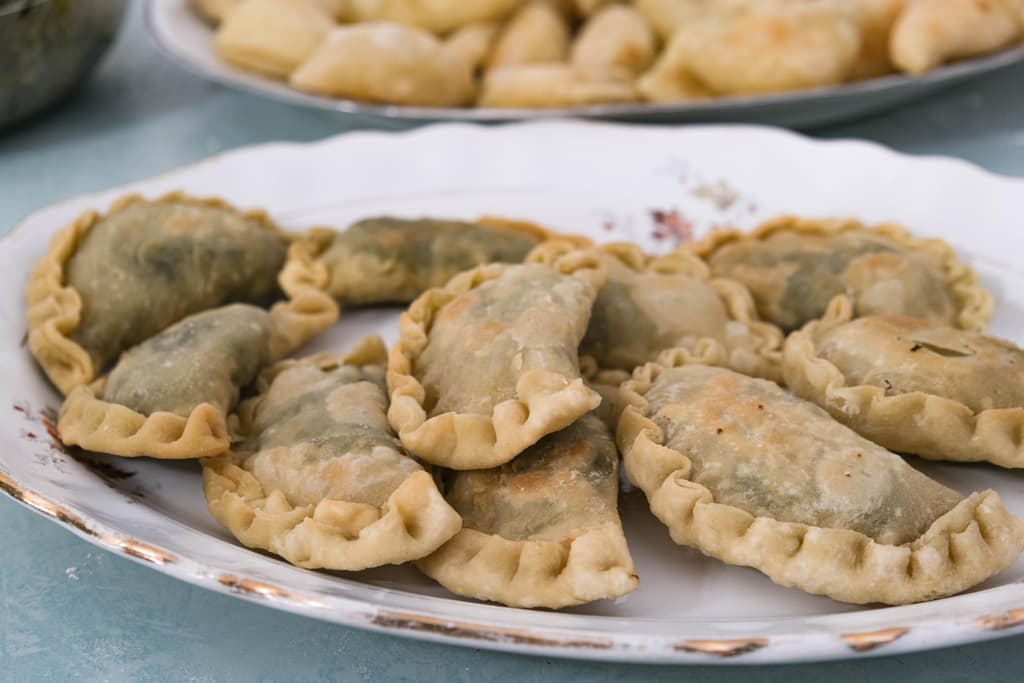
Pies with ‘Yachnera’ Greens
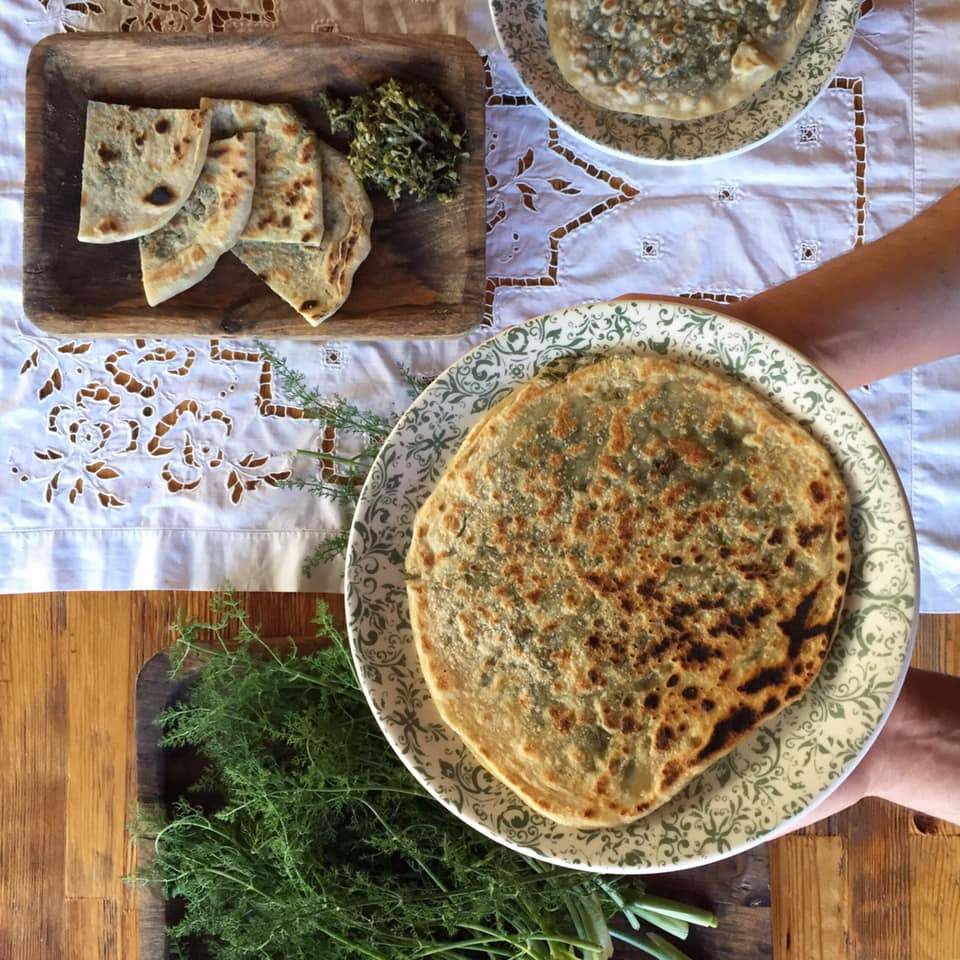
Fennel Pie

Sfakian Pie or Sfakianopita

Biscuits with Sesame Seeds

Sweet Rice Pie or 'Tzoulamas'
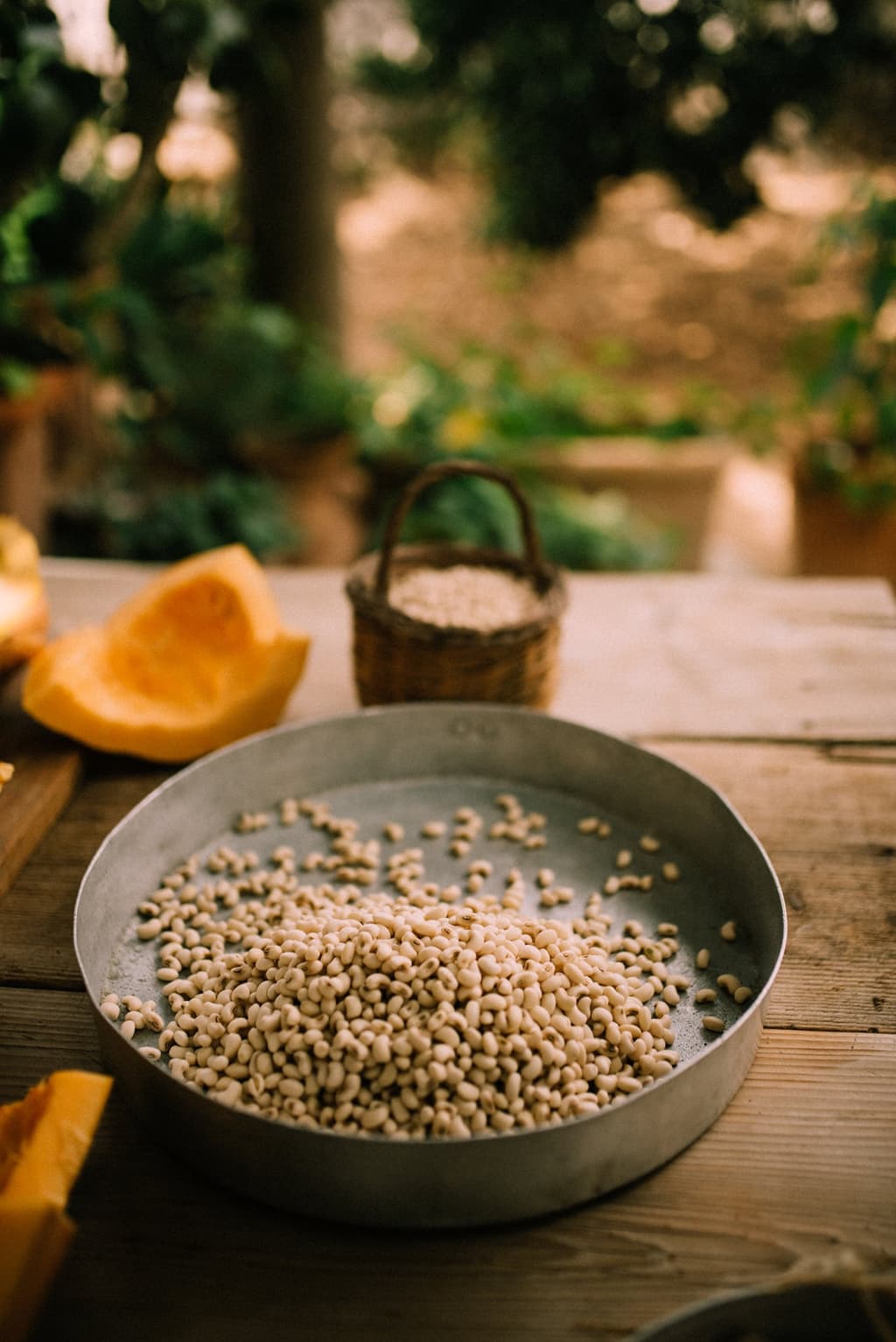
Apostoli White-Eyed Bean
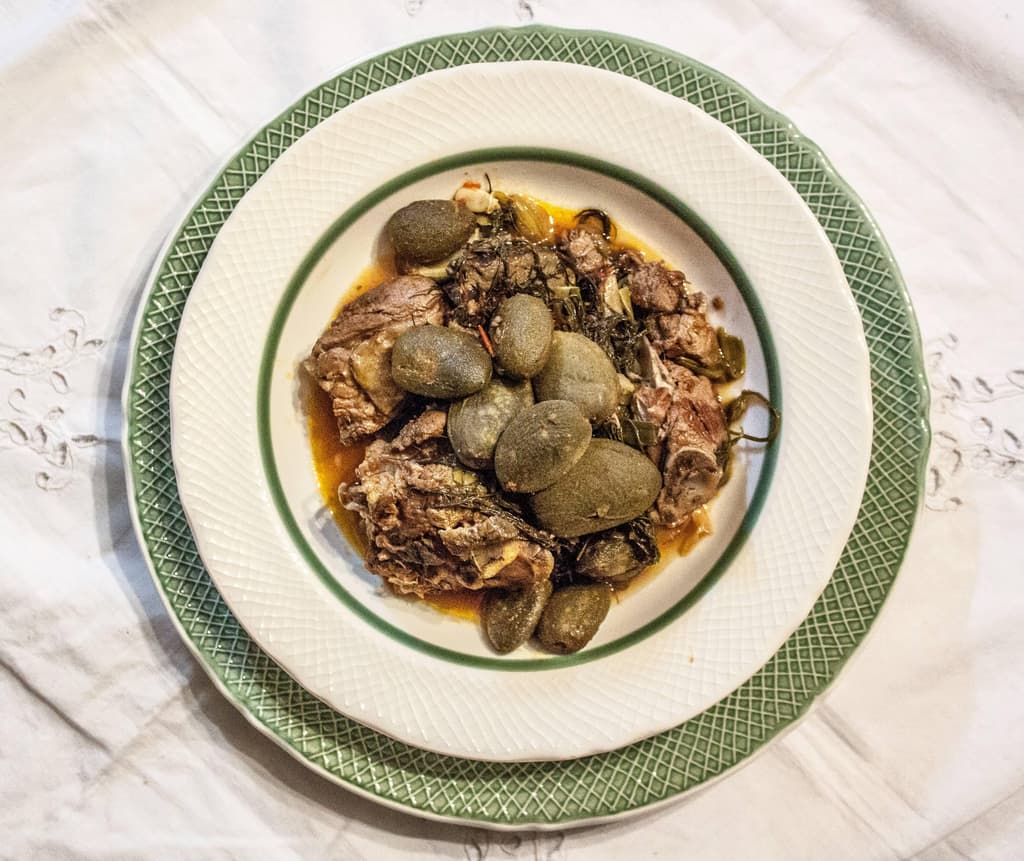
Almond-Infused Goat Dish with Fennel: A Fresh Delight
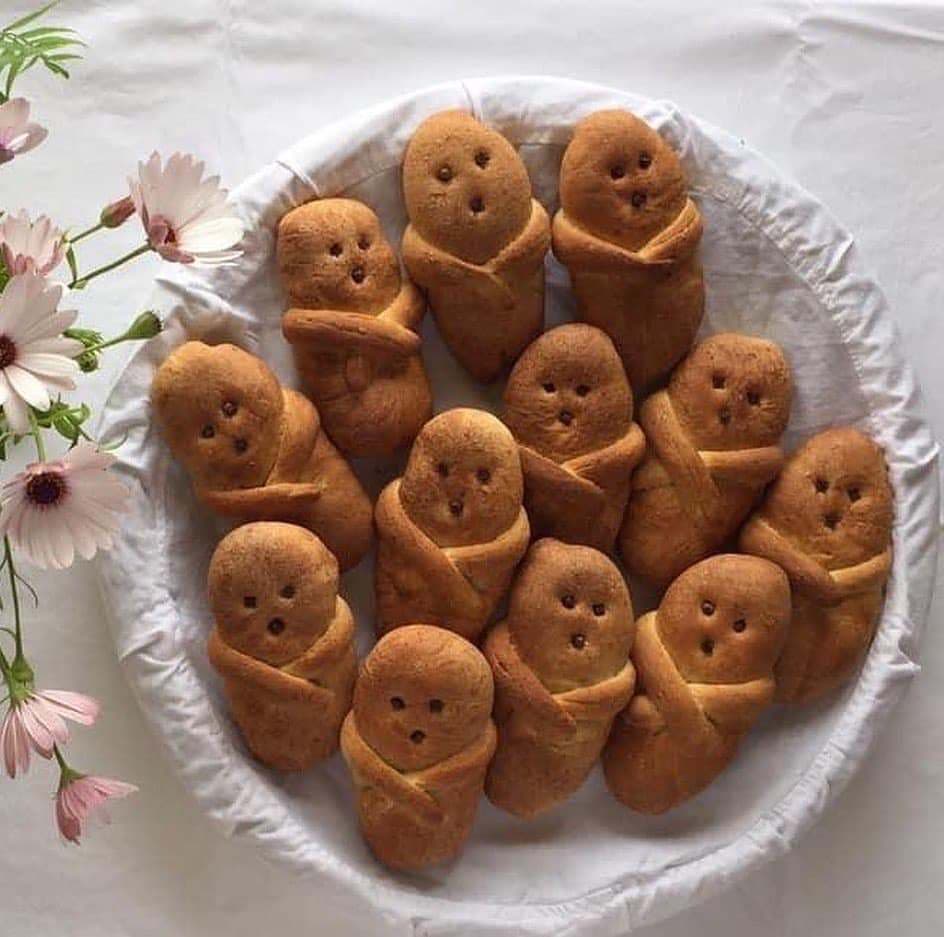
Lazarosavato
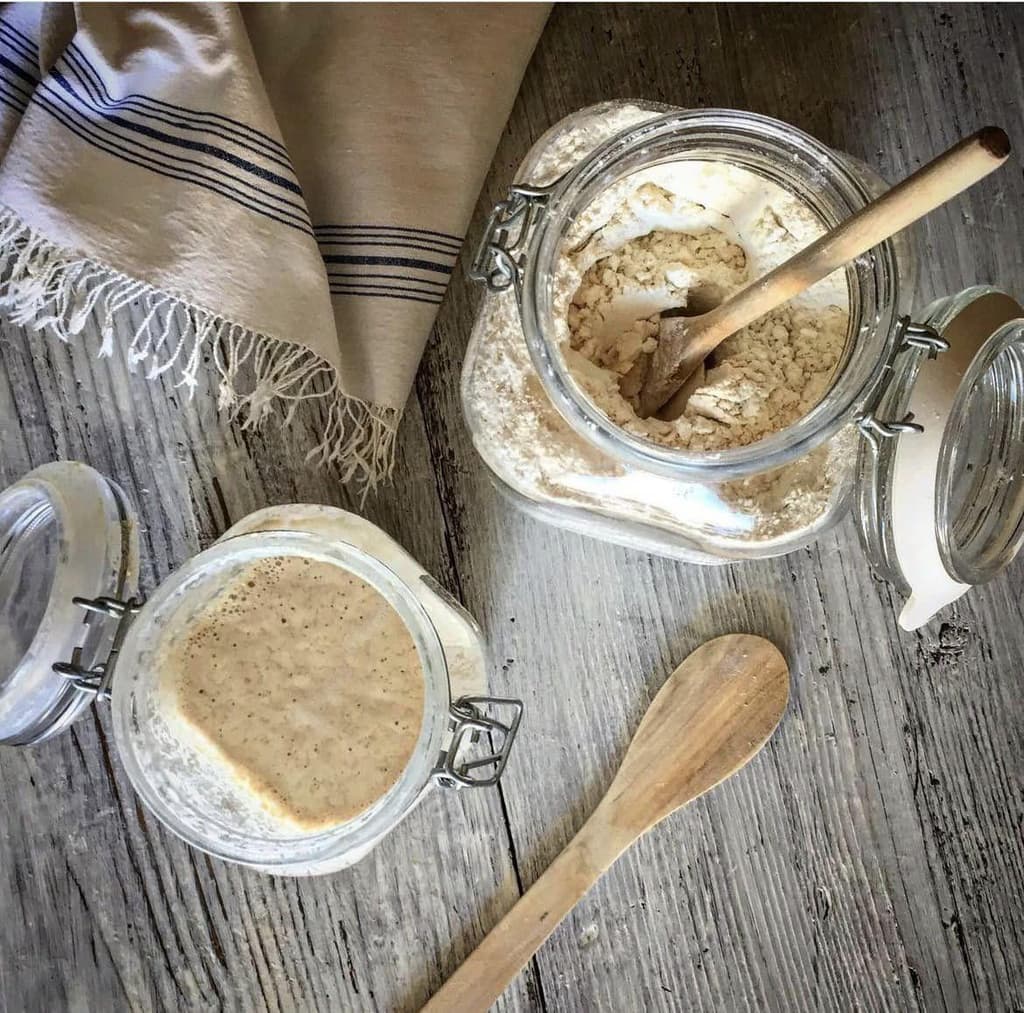
The Holy Week Sourdough
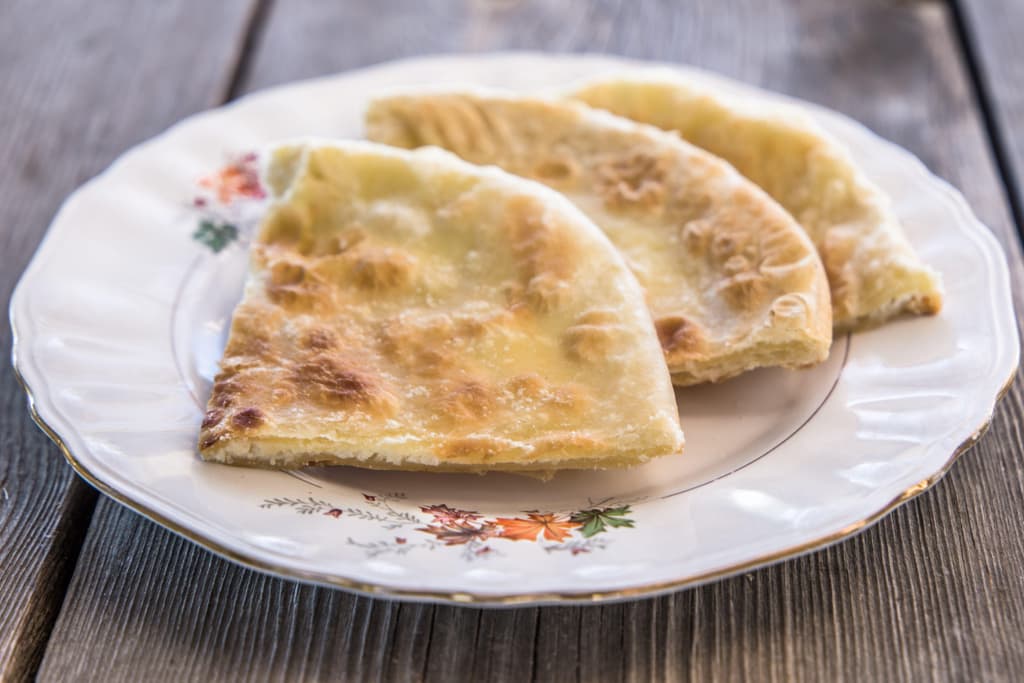
Nerati Mizithropita
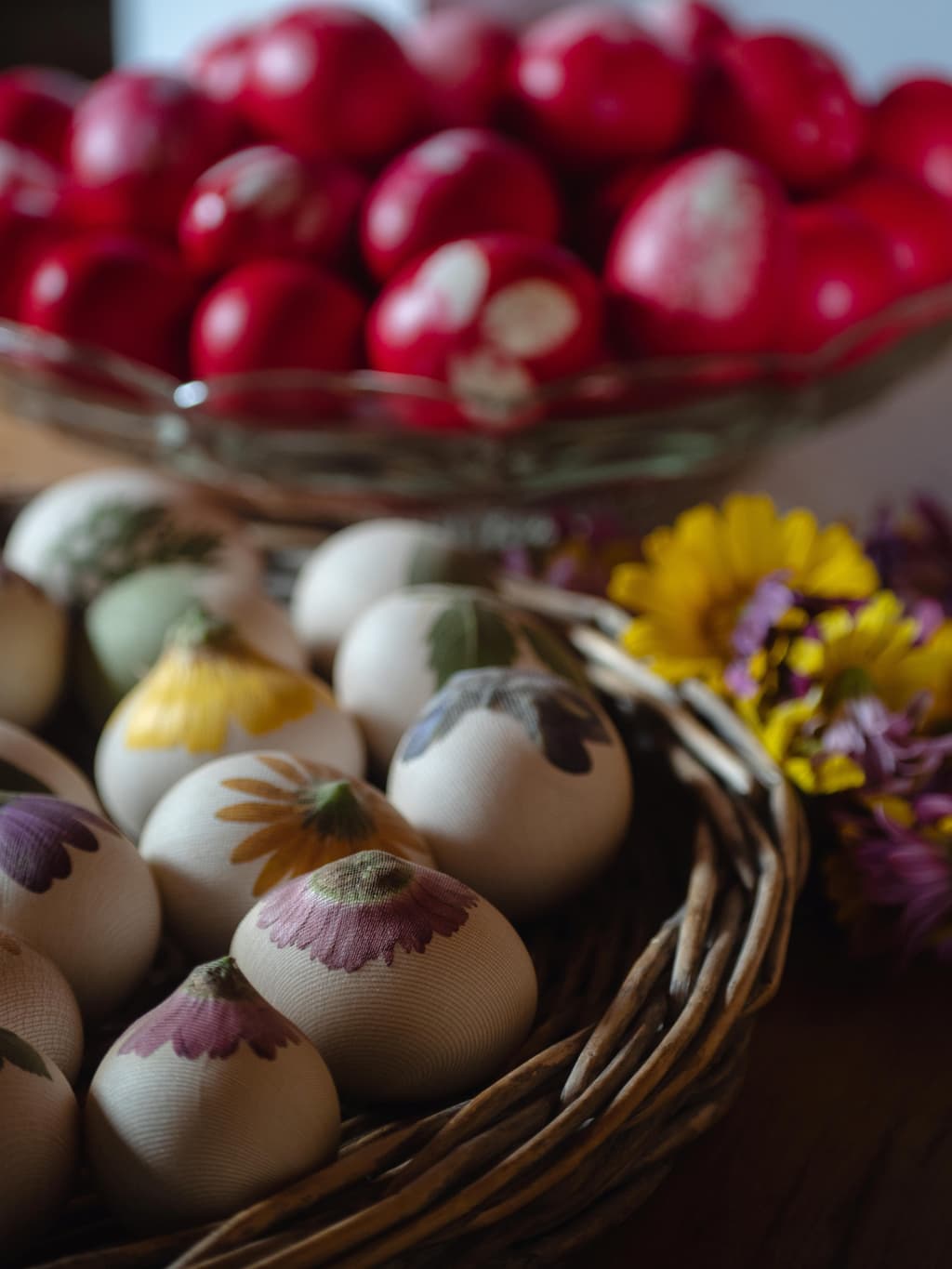
Easter Eggs
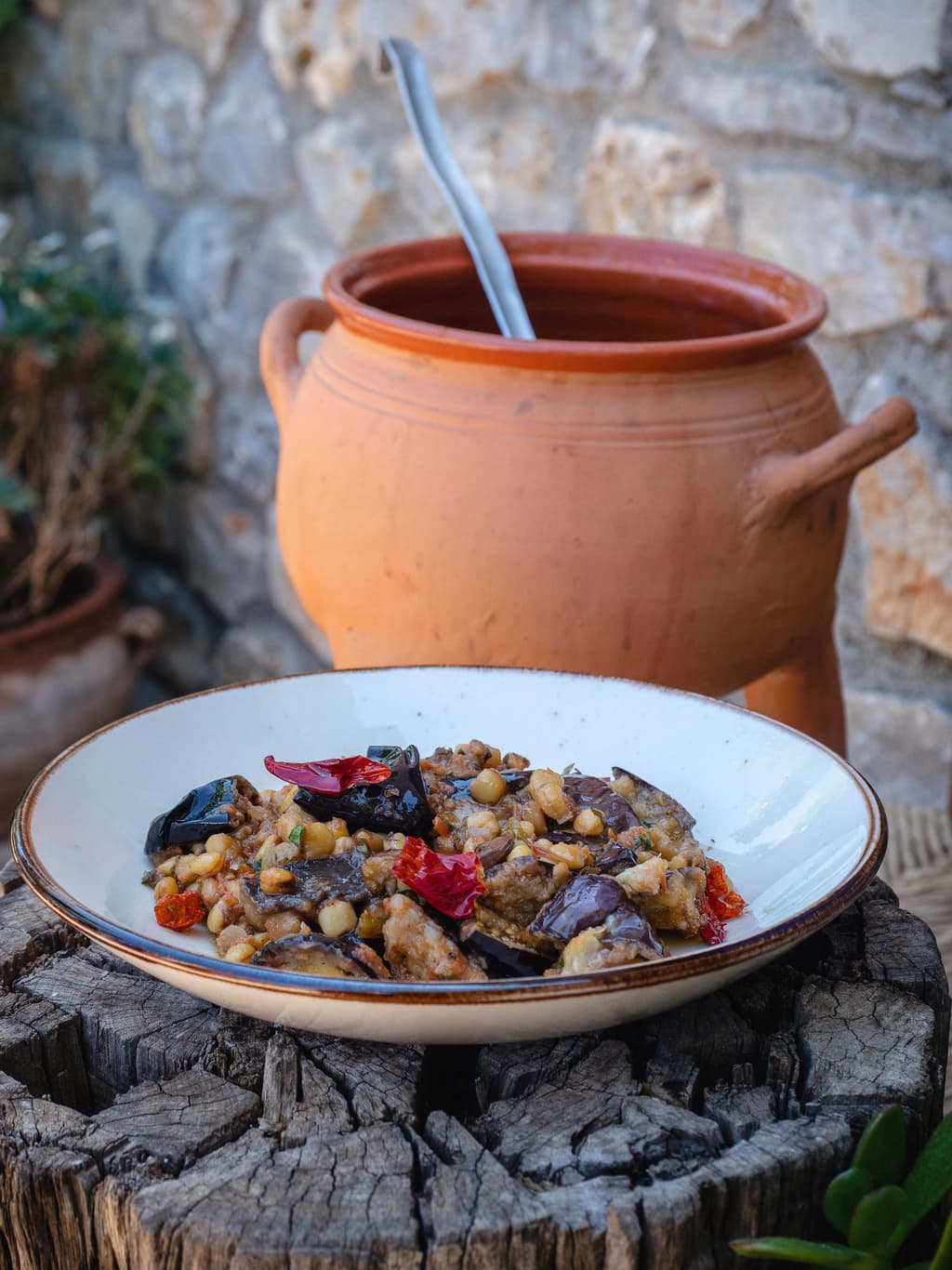
Kalikota
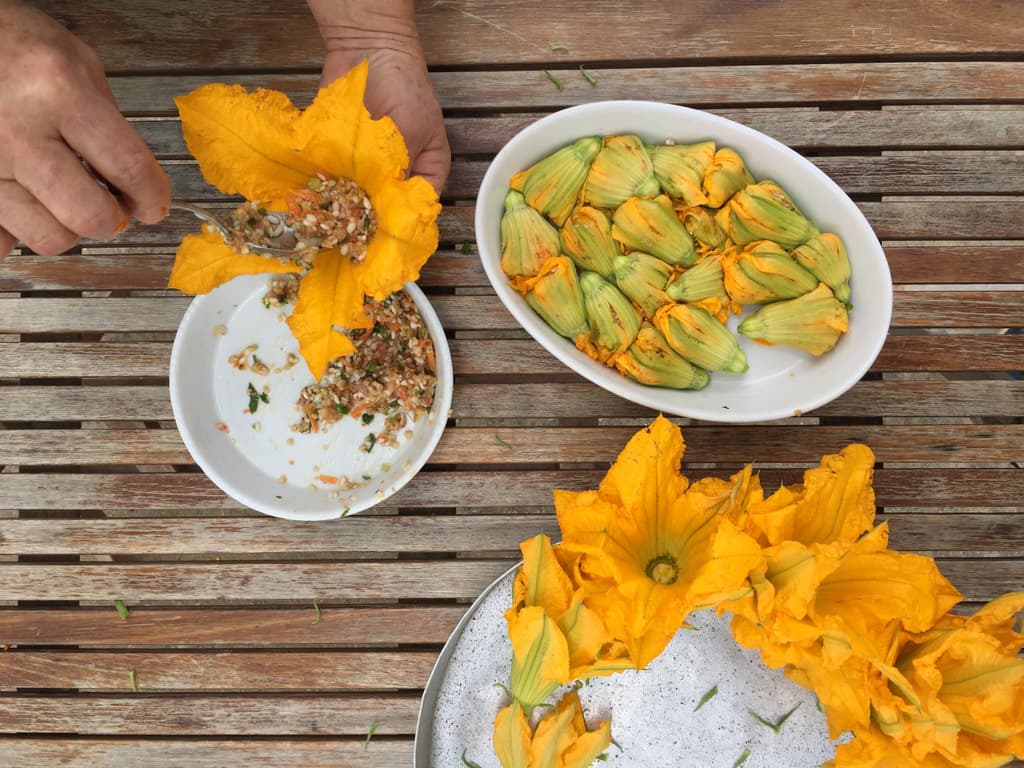
Stuffed Courgette Flowers
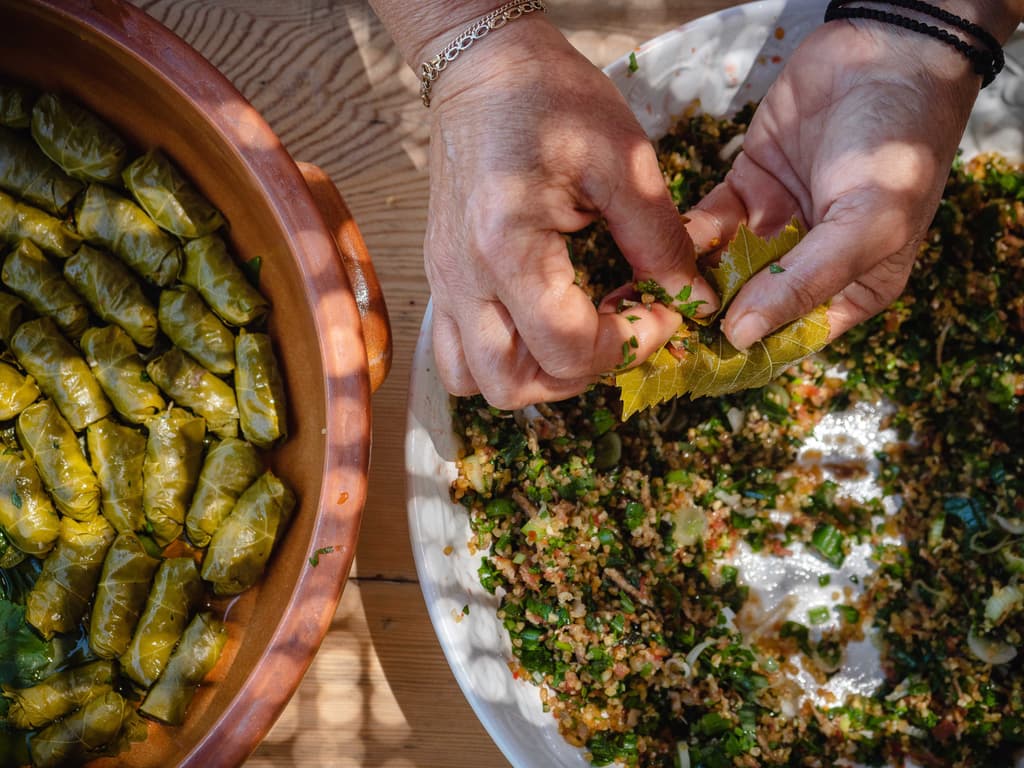
Stuffed Vine Leaves

Cracked Wheat and Snails
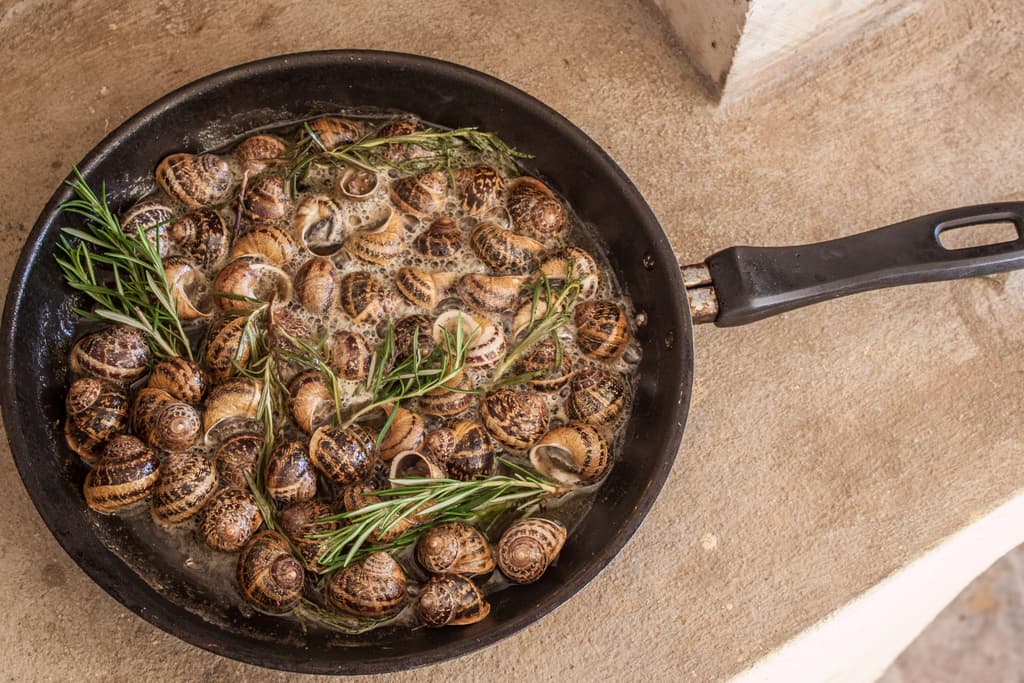
Chochli Boubouristi (Snails Face Down)
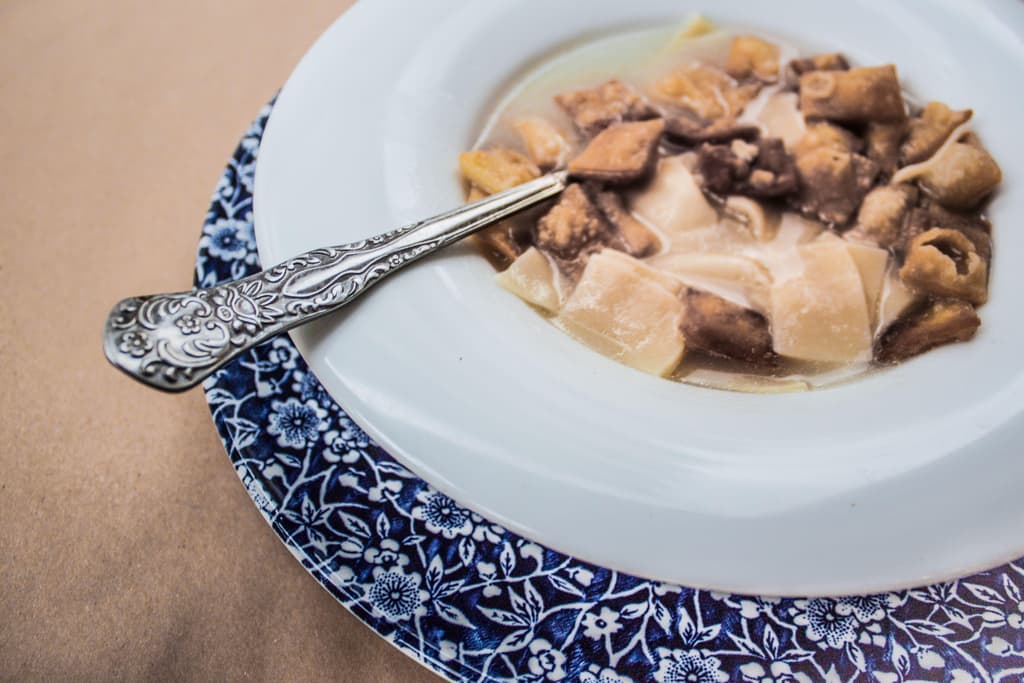
Mangiri
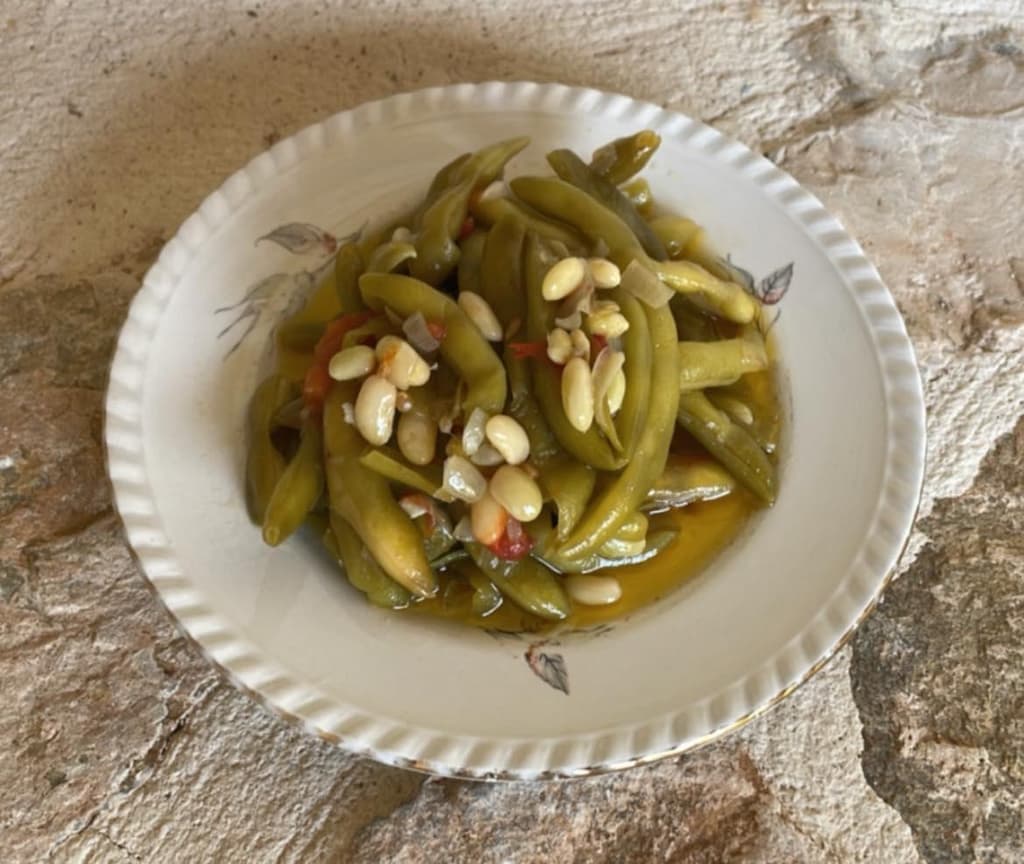
Symian Bean
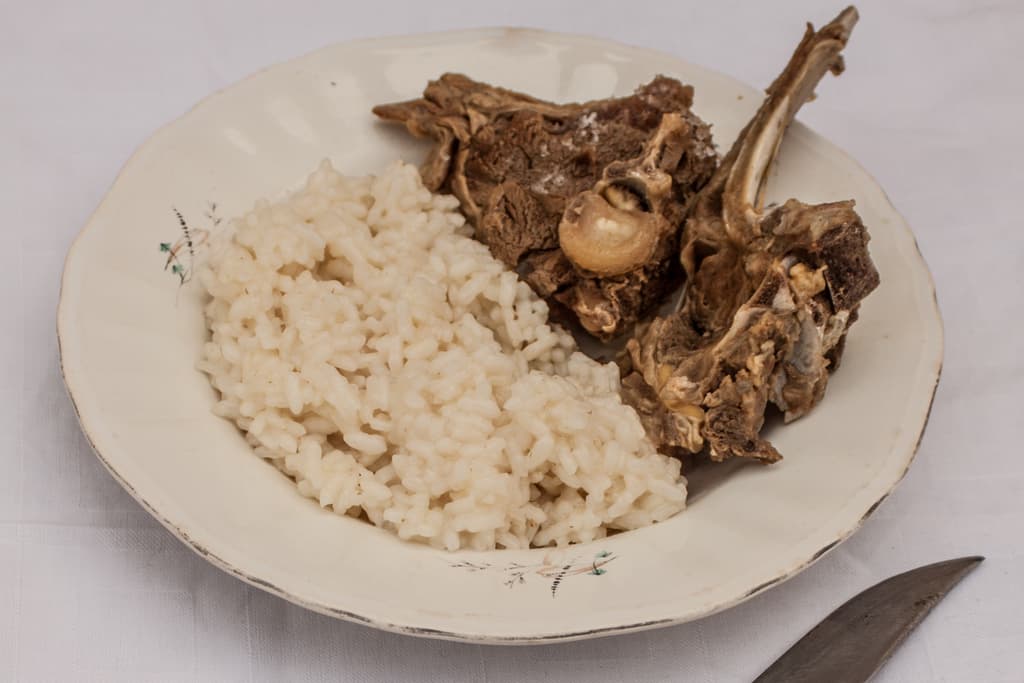
Cretan Pilaf
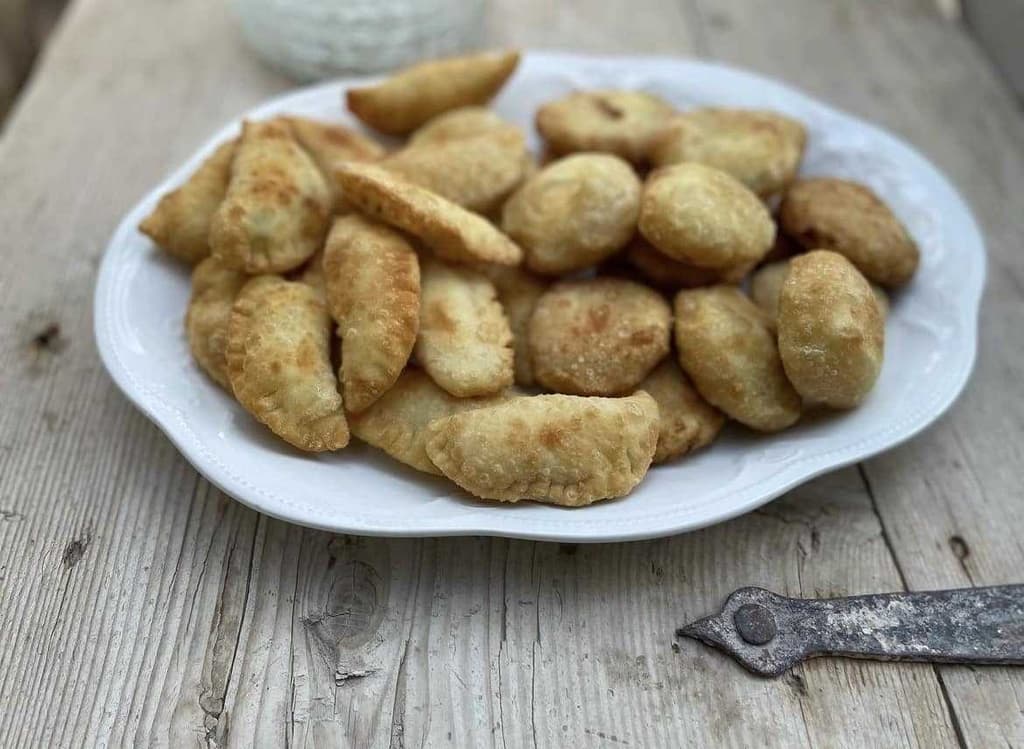
Rethymno Water Pies
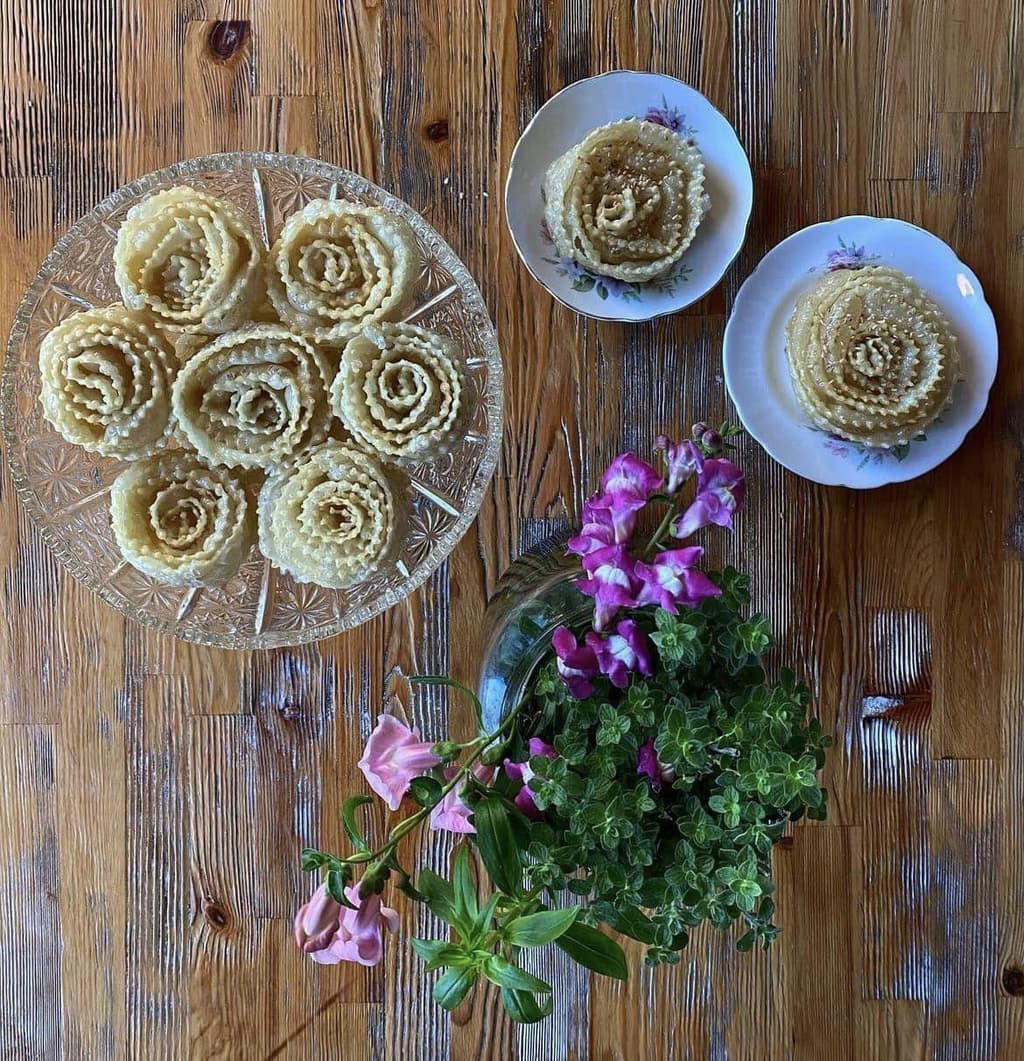
Xerotigana
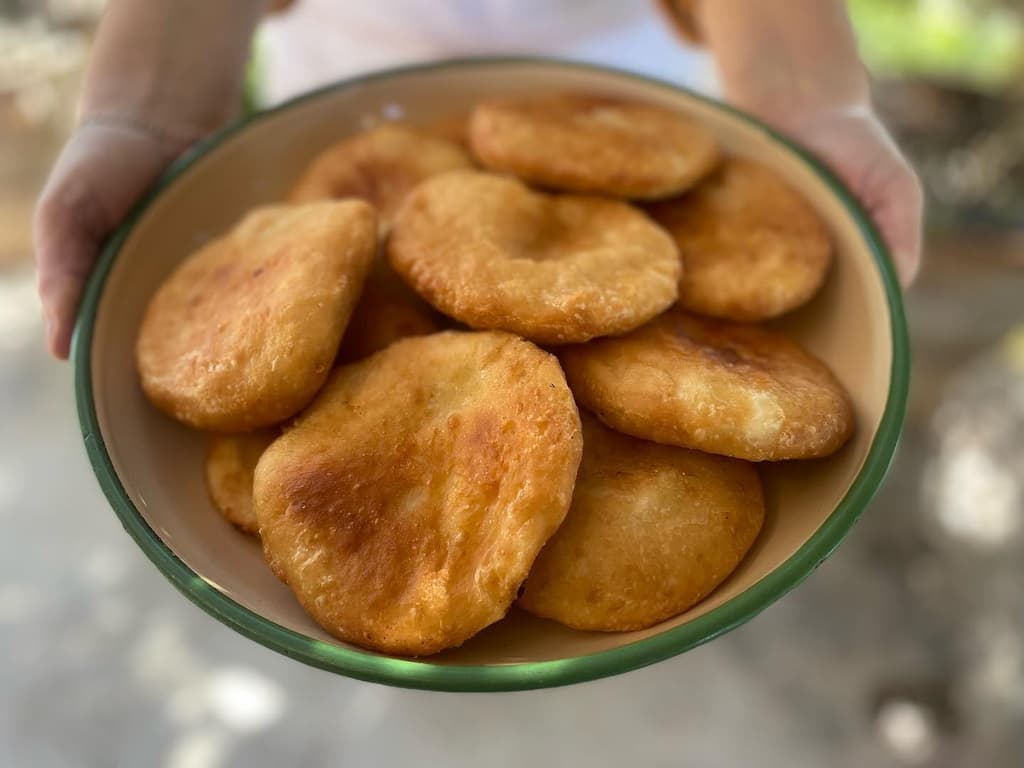
Agnopites
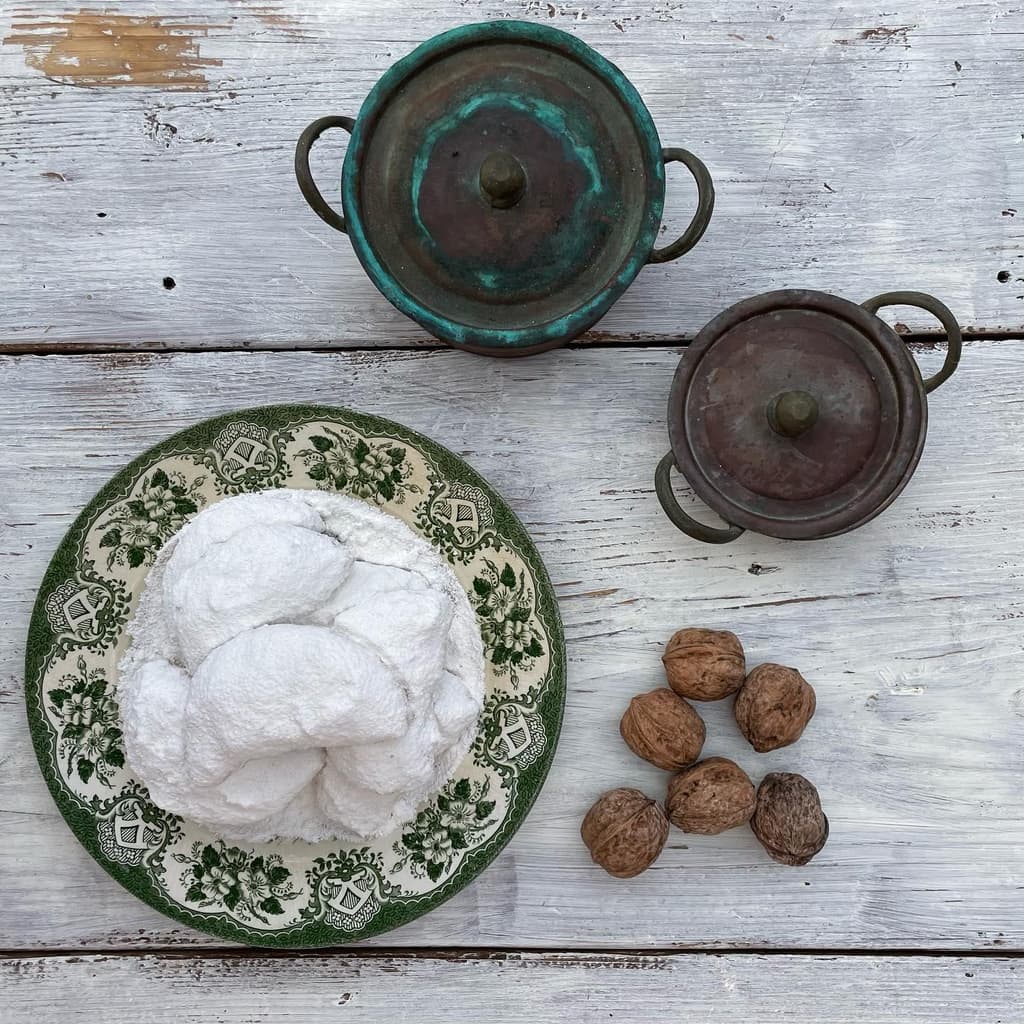
Patoudo
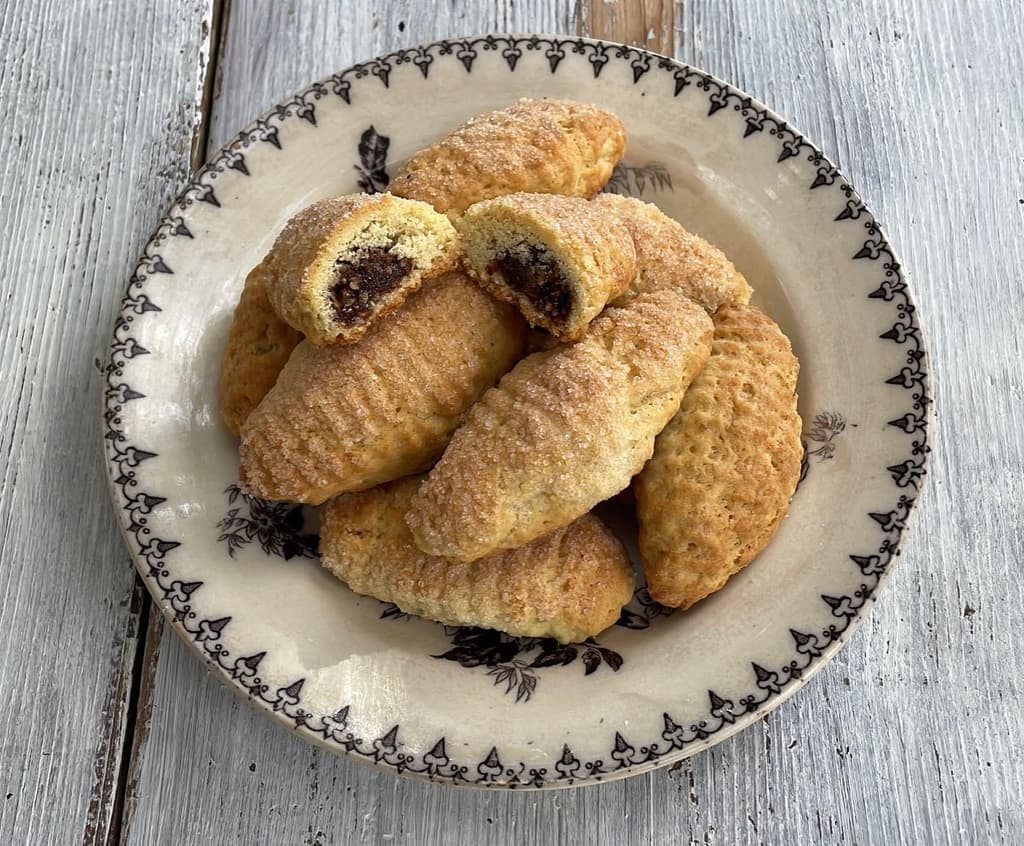
Safidota
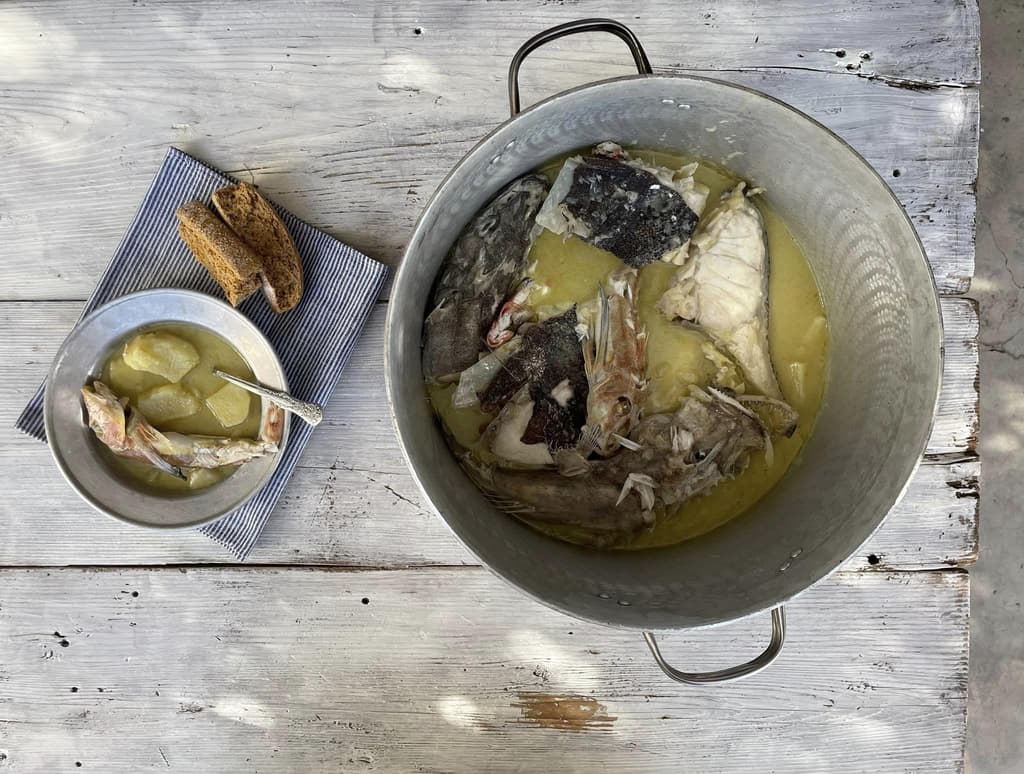
Kakavia (Fish Soup)
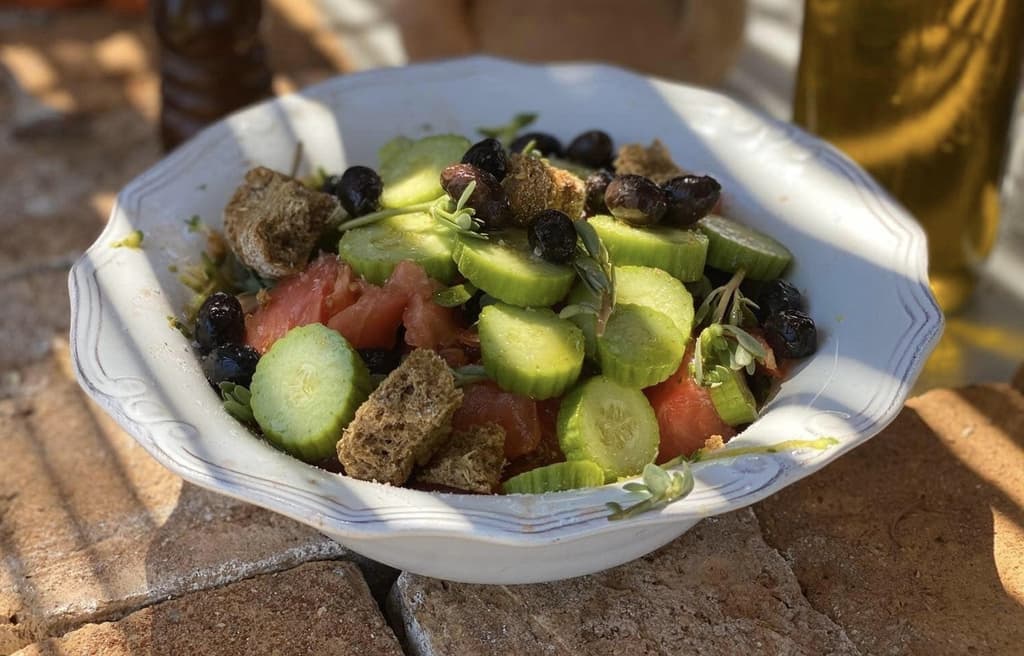
Cretan Greek salad
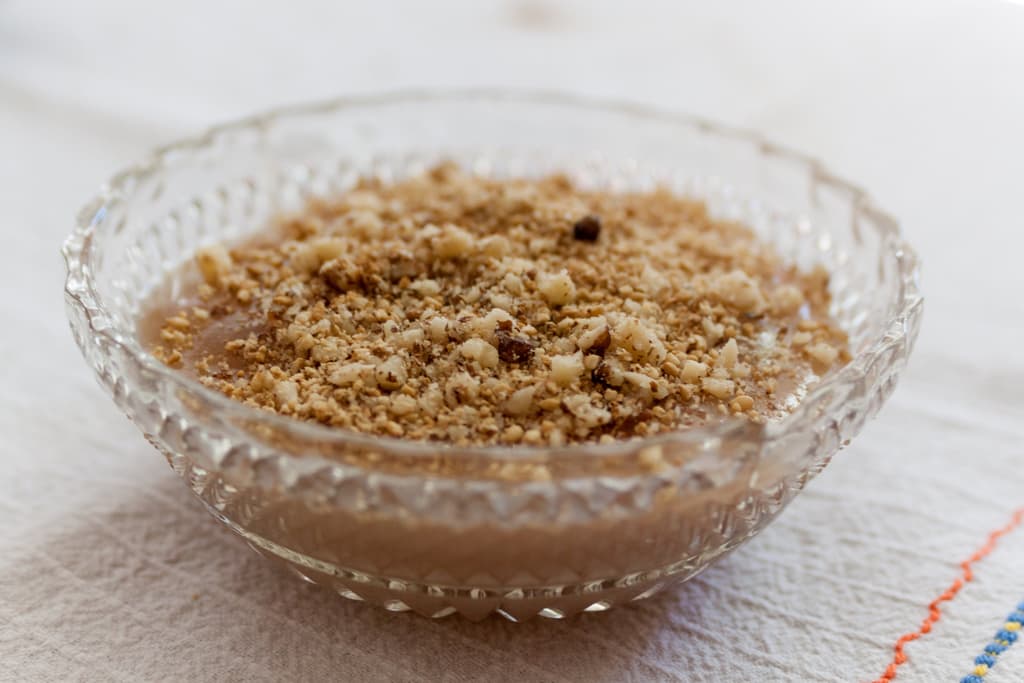
The Sweet Bounty of the Cretan Harvest
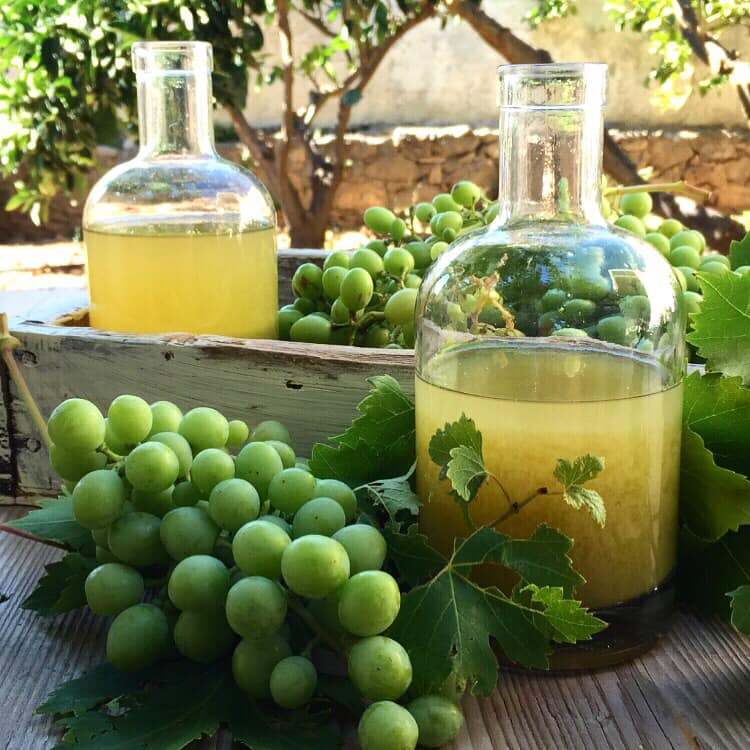
Okra and Unripe Grape
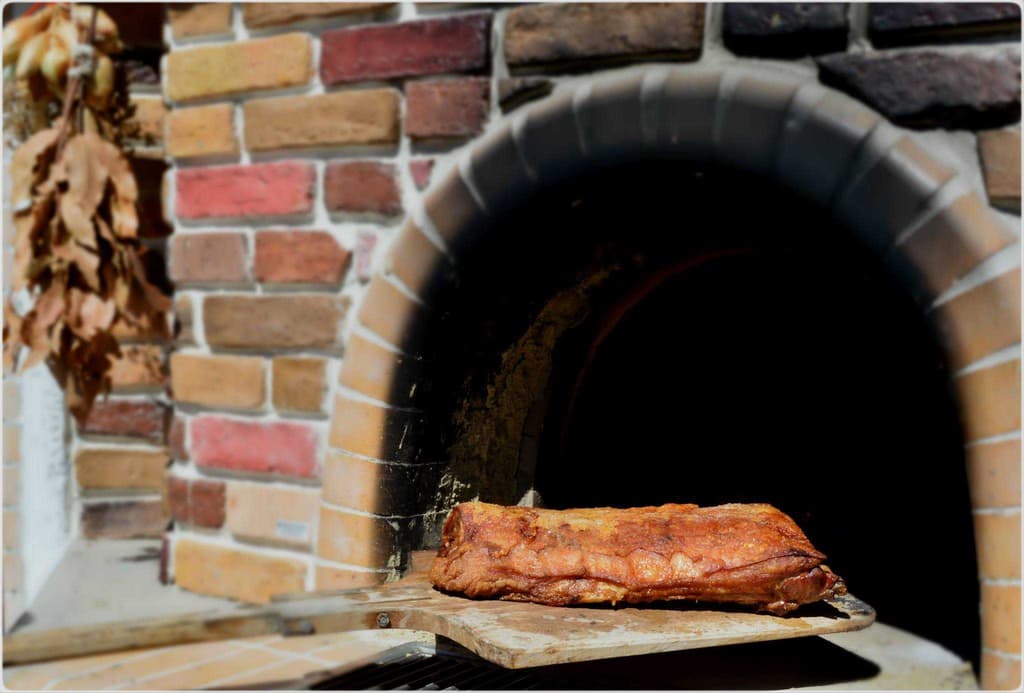
Kapriko
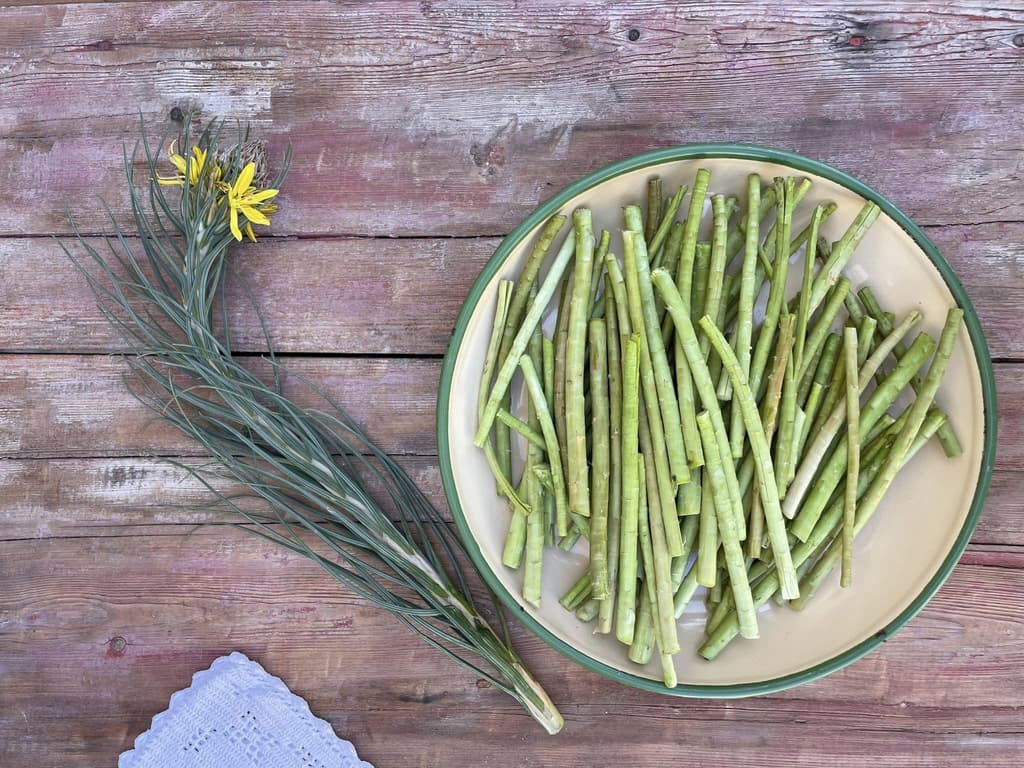
Discovering and Cooking Asphodelaceae: A Taste of Local Cuisine
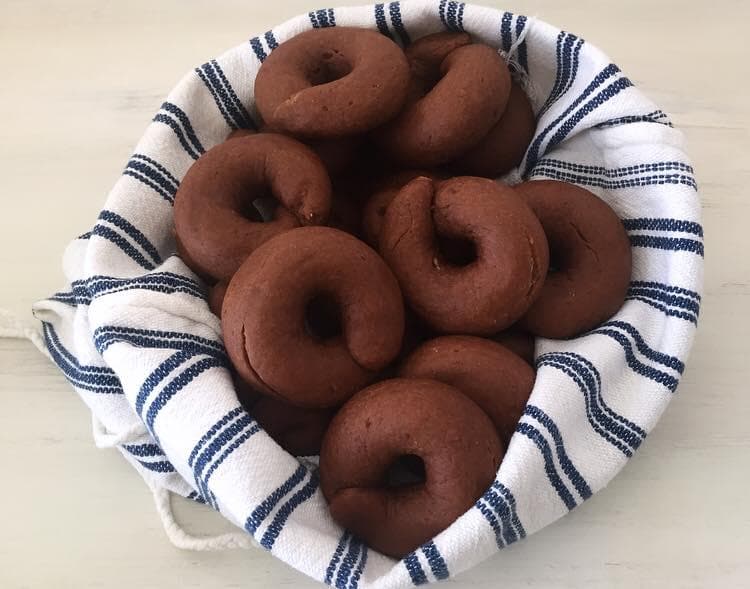
Moustokouloura
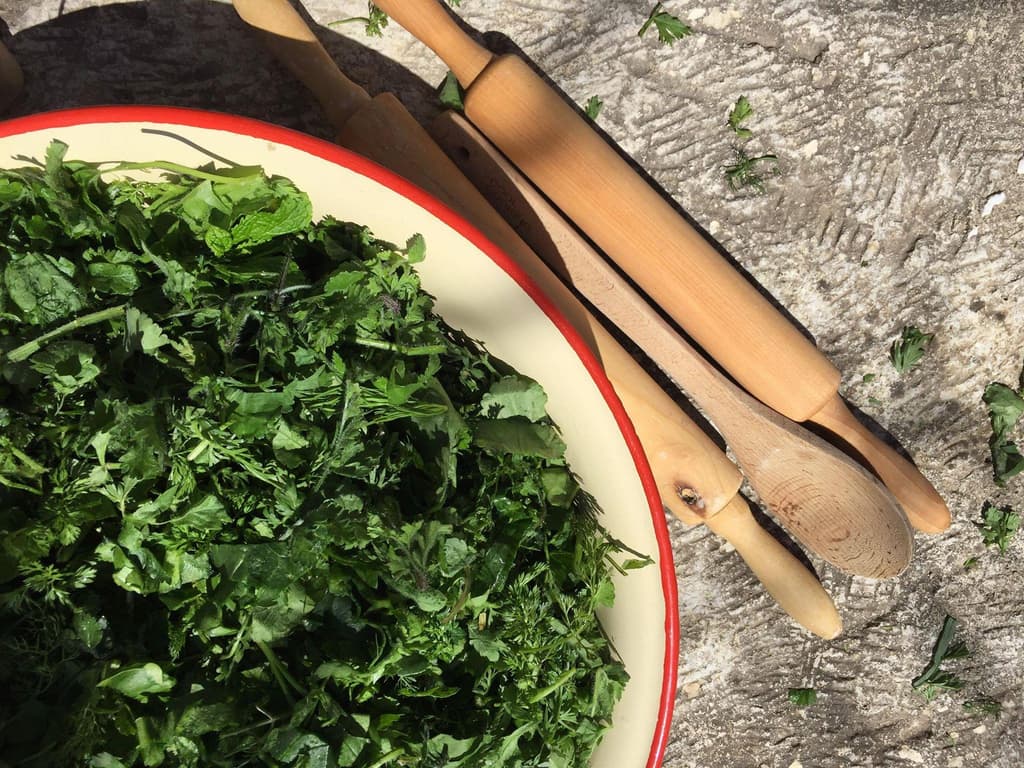
Pie with 'Yachnera' Greens: Baked to Perfection
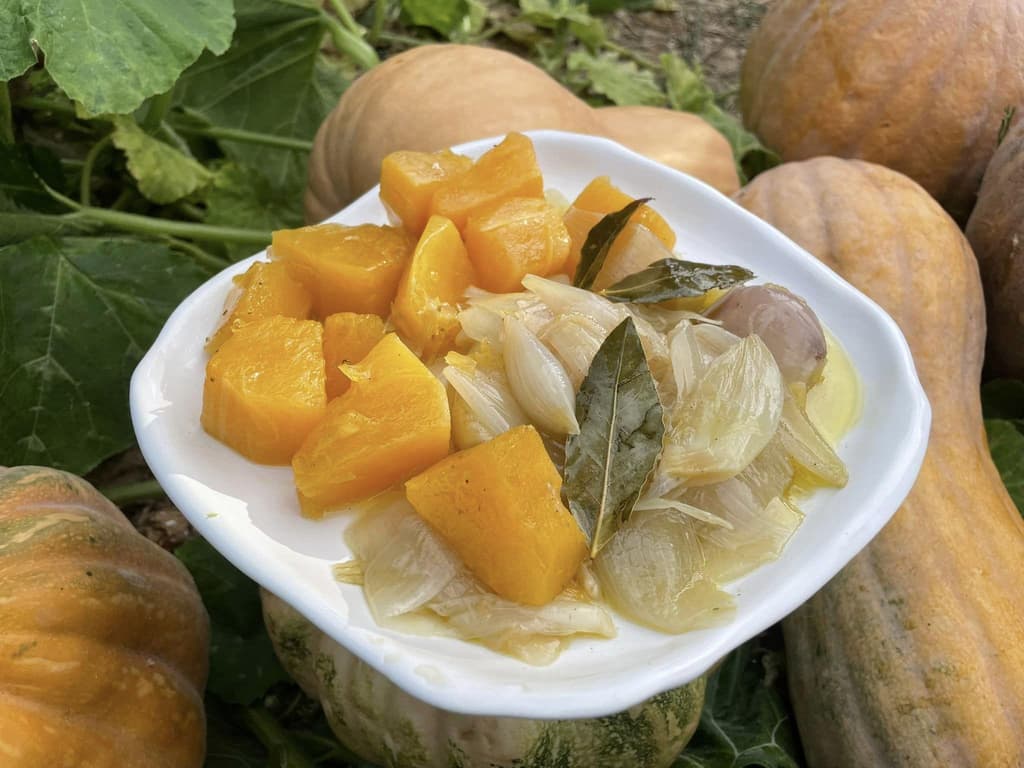
Pumpkin Stifado
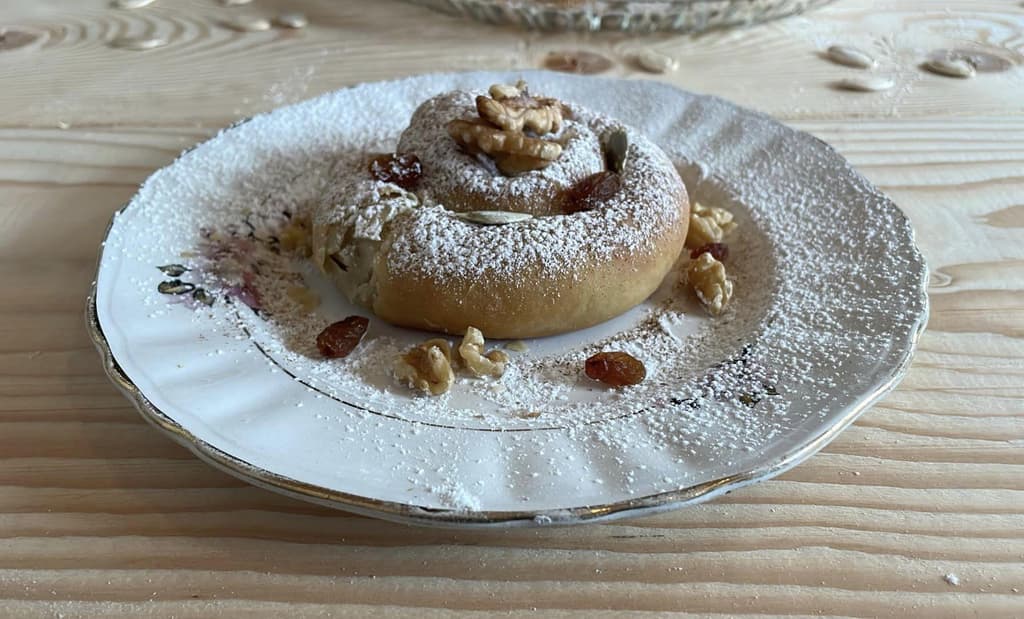
Sweet Pumpkin Pies with Raki Leaves (Oven)
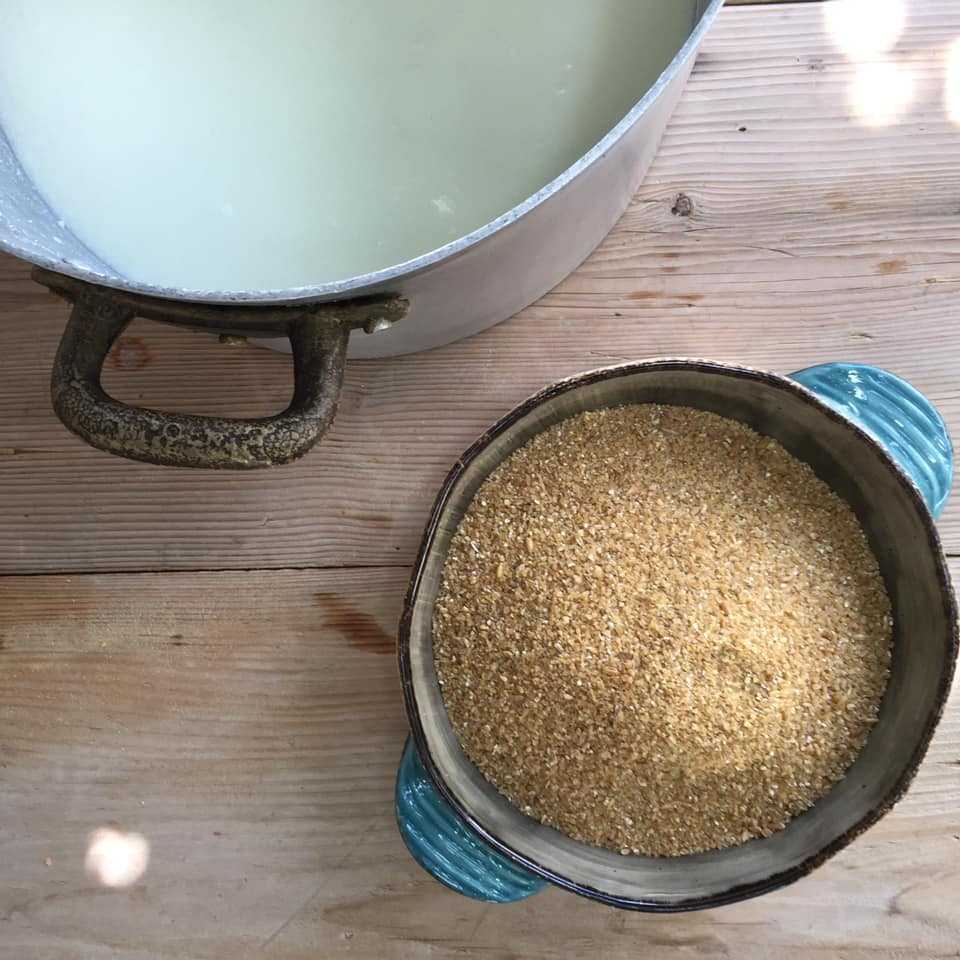
Xinochondros: Sour Bulgur Pasta

Prickly Pear or Indian Fig
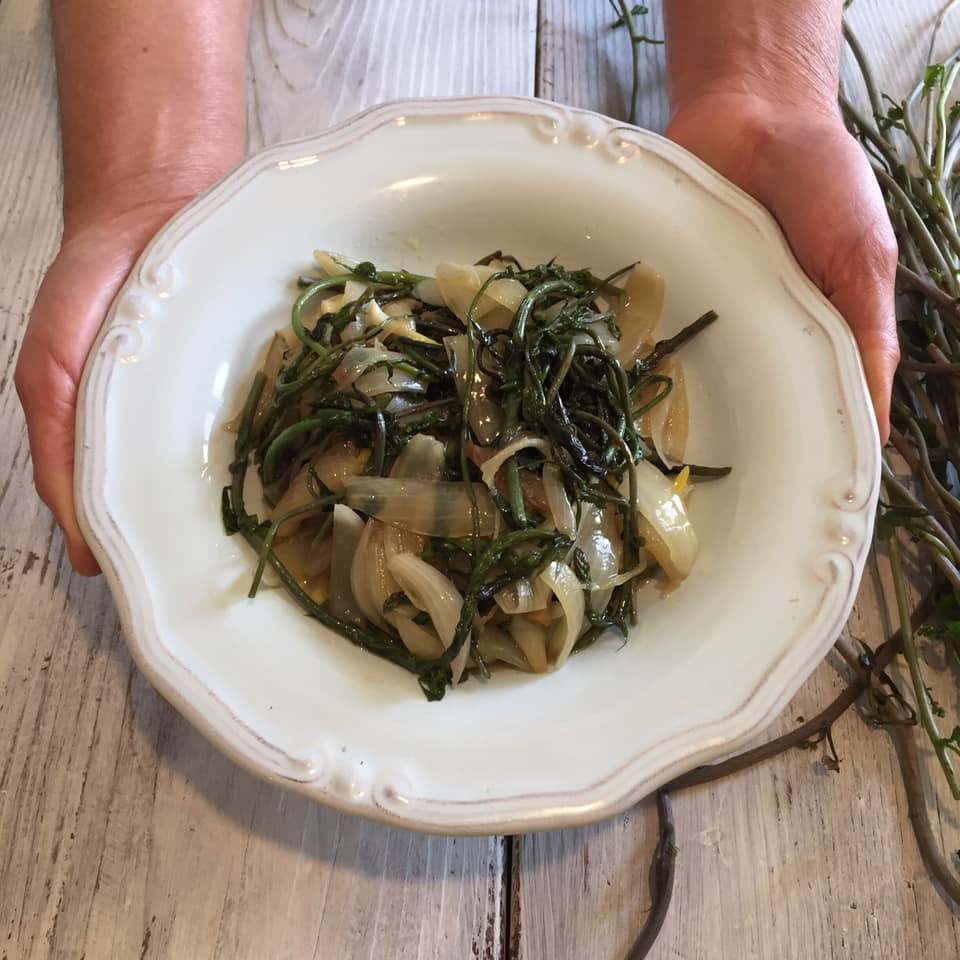
Black Bryony

Tahini Soup without Oil
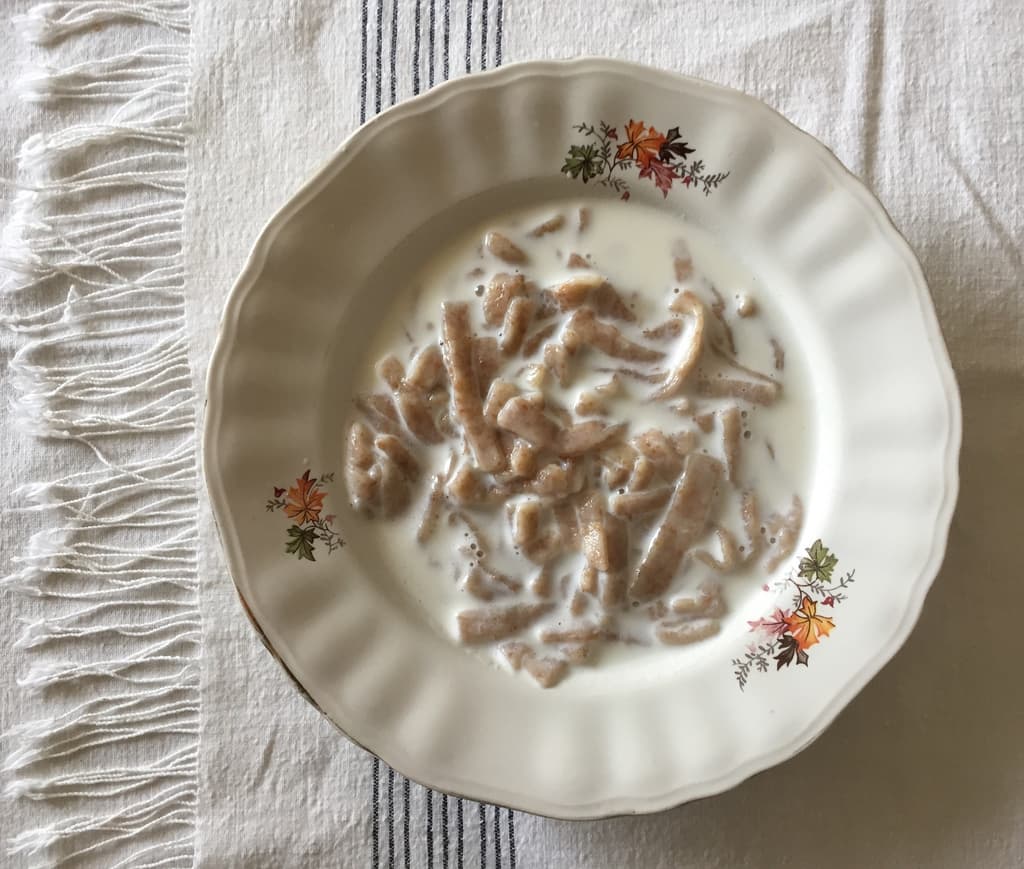
Chylofta with Milk
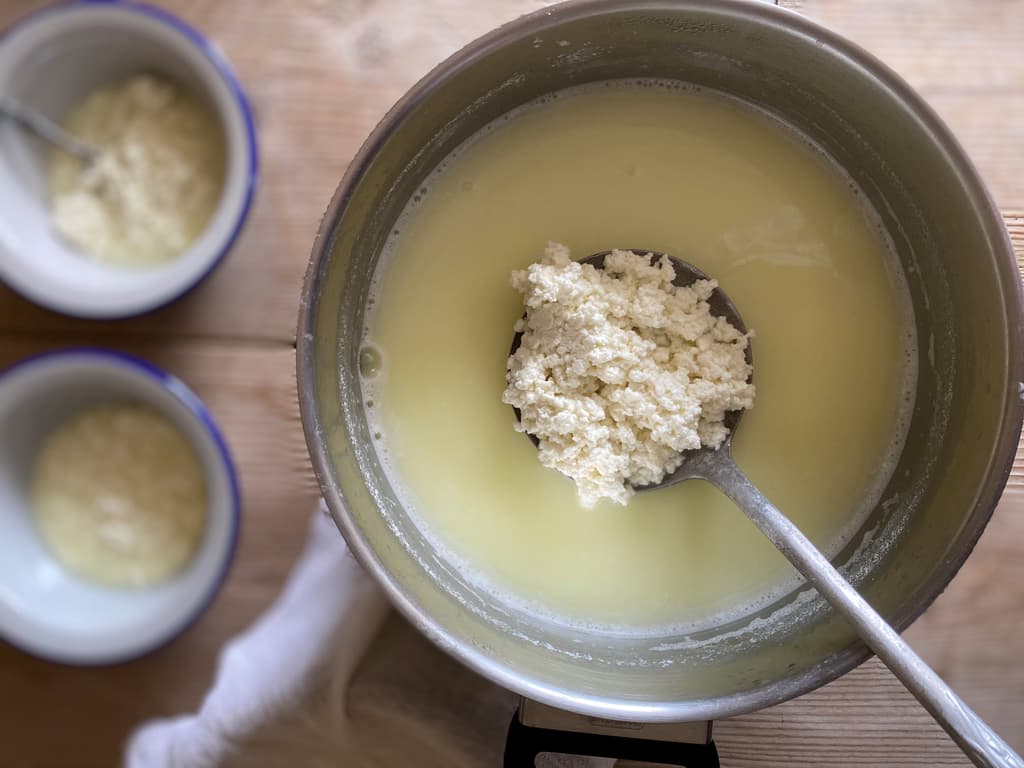
Tyrozouli or Cretan Home Cheese
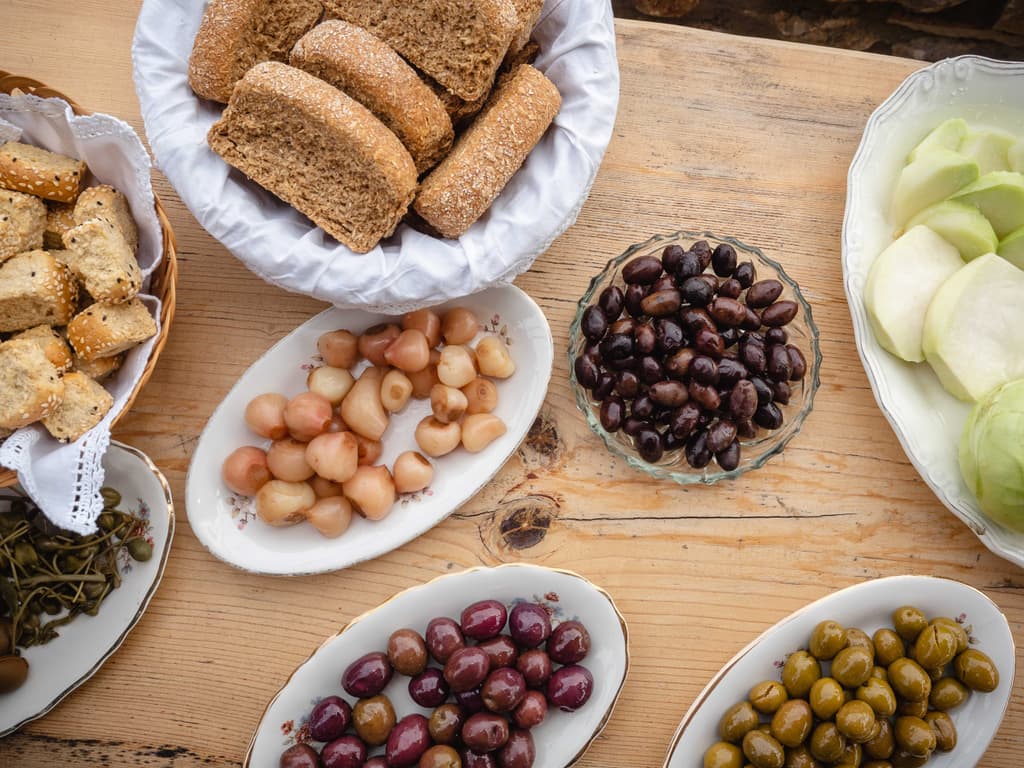
Pickled Tassel Hyacinth
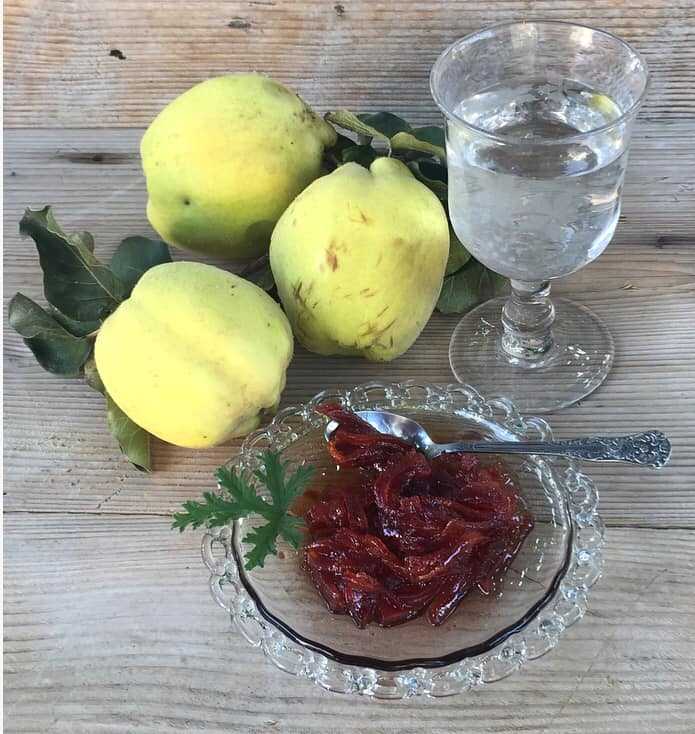
Quince Confection

Delicious Homemade Treat with Lemon Blossoms
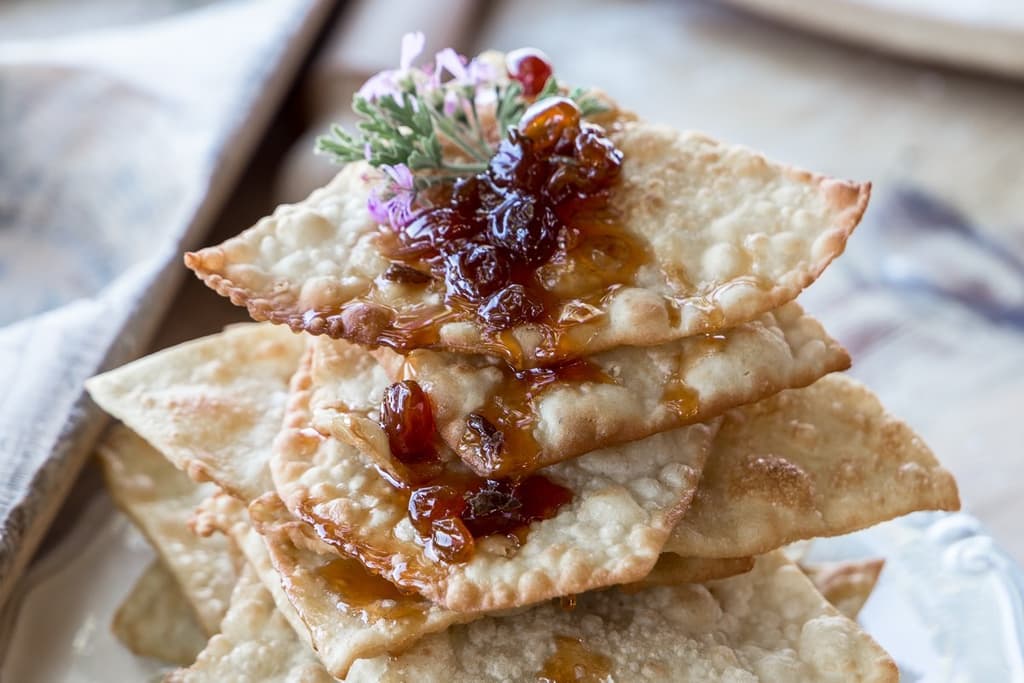
Tiganopites: Greek Fried Pies

Dietary Practices in 17th Century Crete
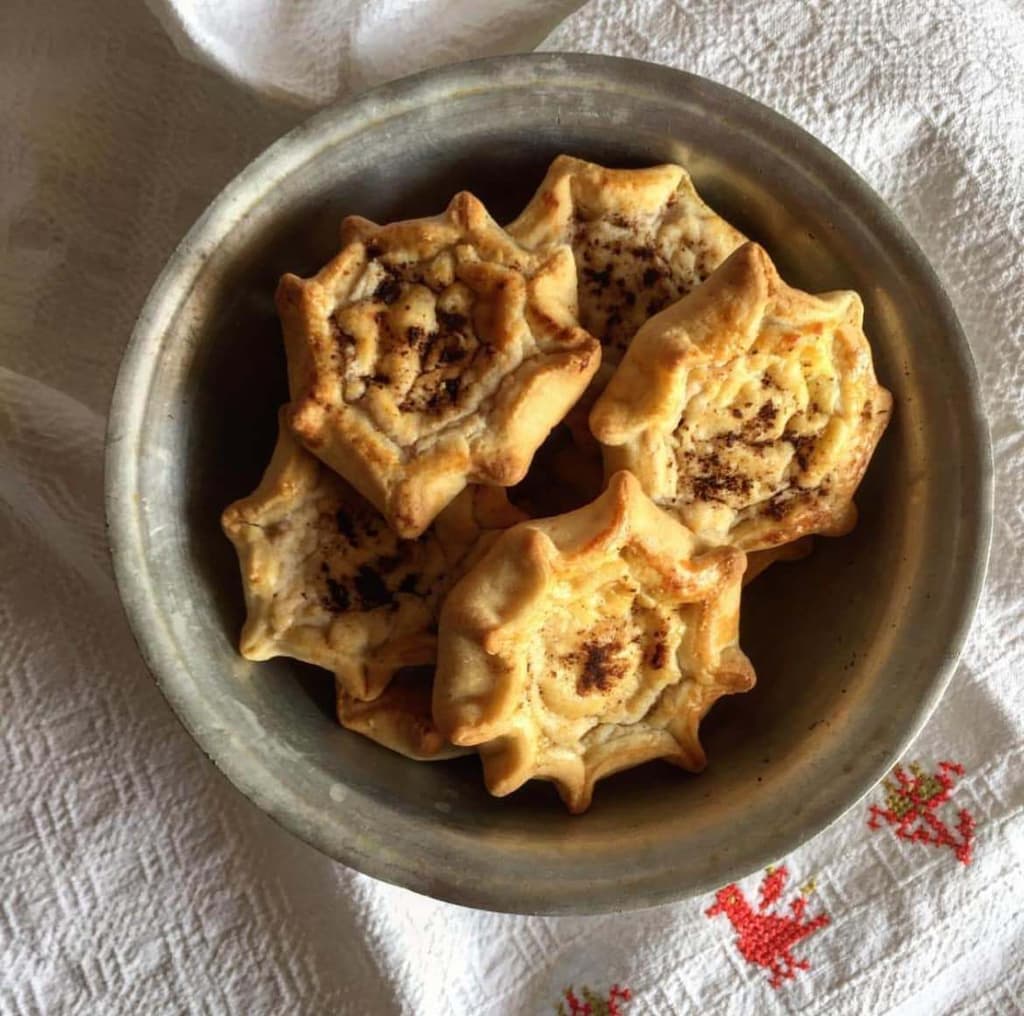
Lychnarakia
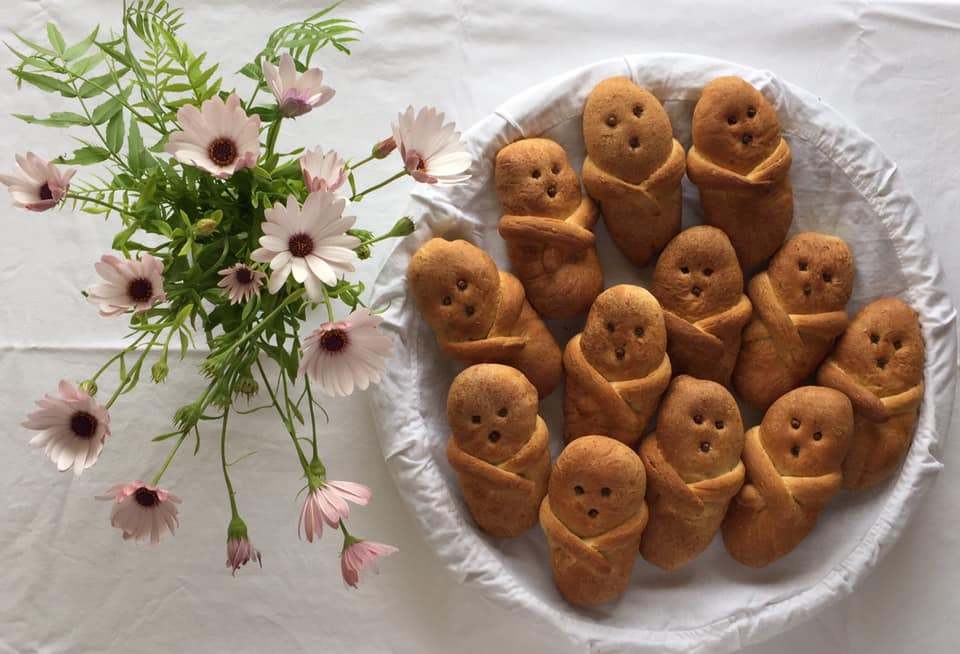
Lazarakia
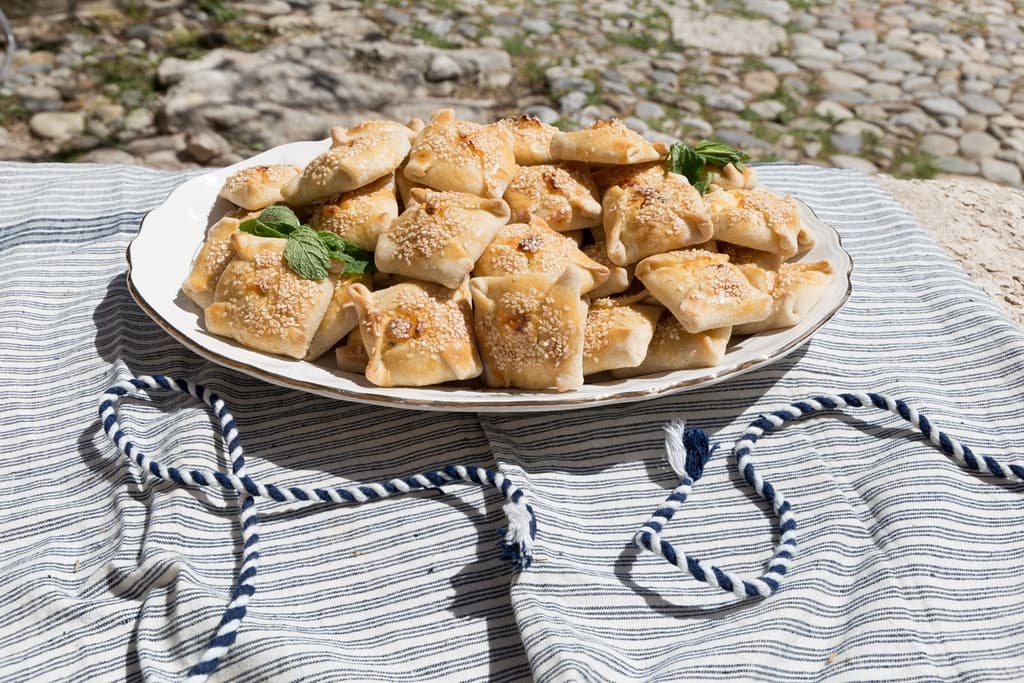
Kalitsounia from Chania
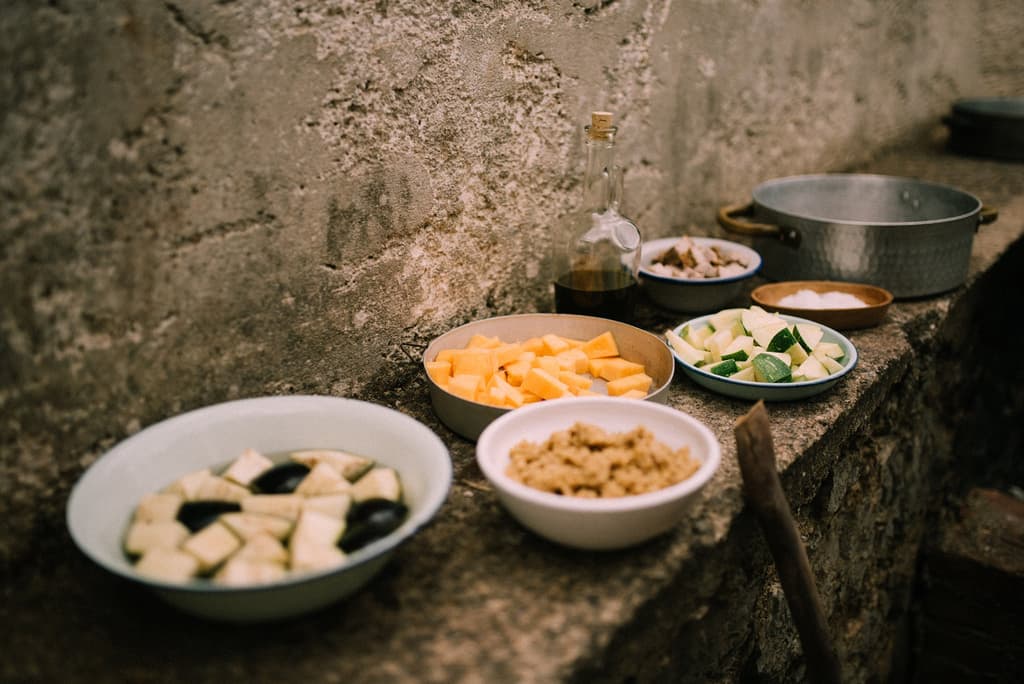
Apaki with Xinohondros and Vegetables
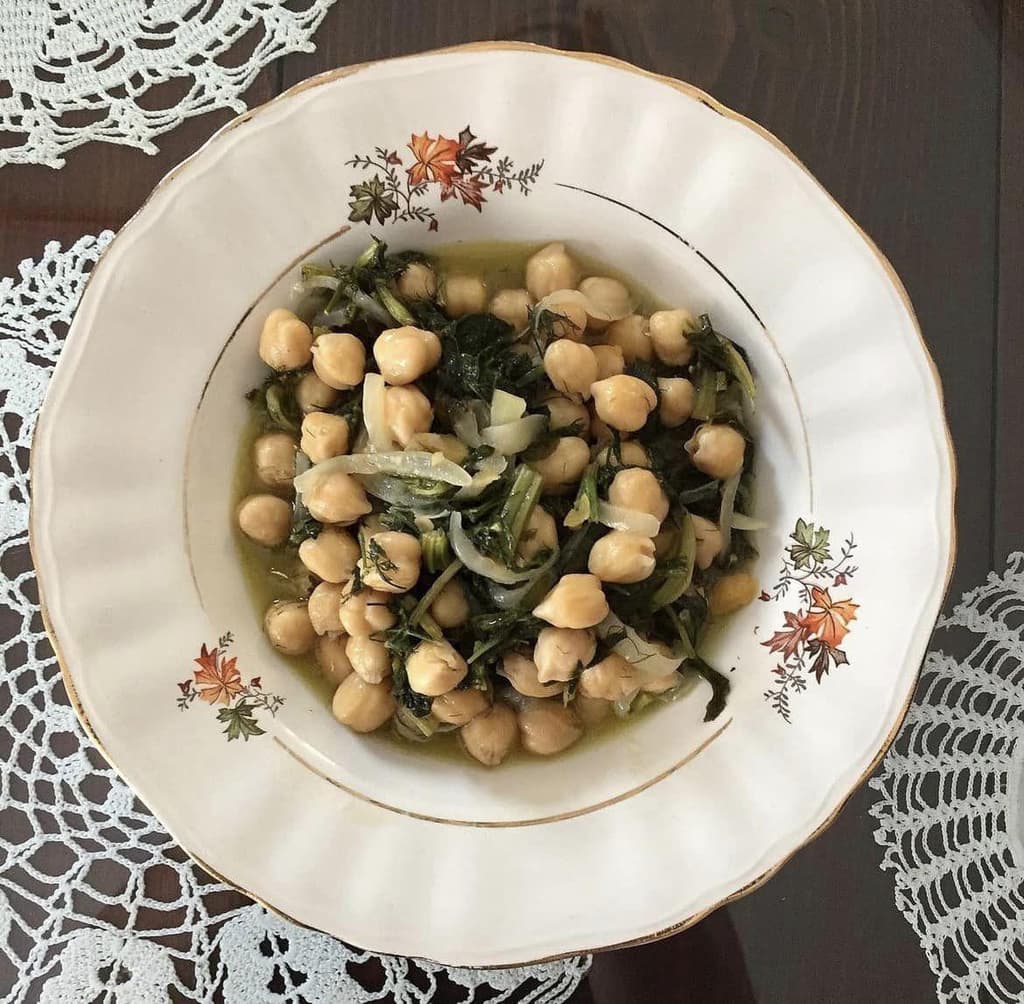
Chickpeas with Yachnera: A Delightful Dish
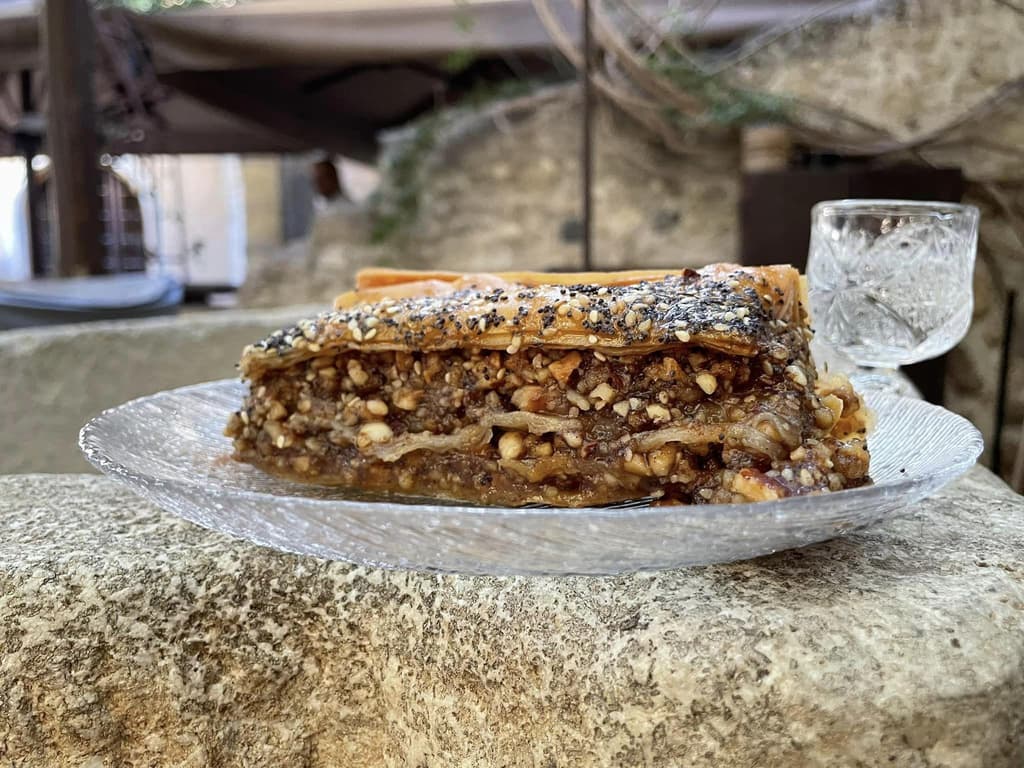
Gastrin
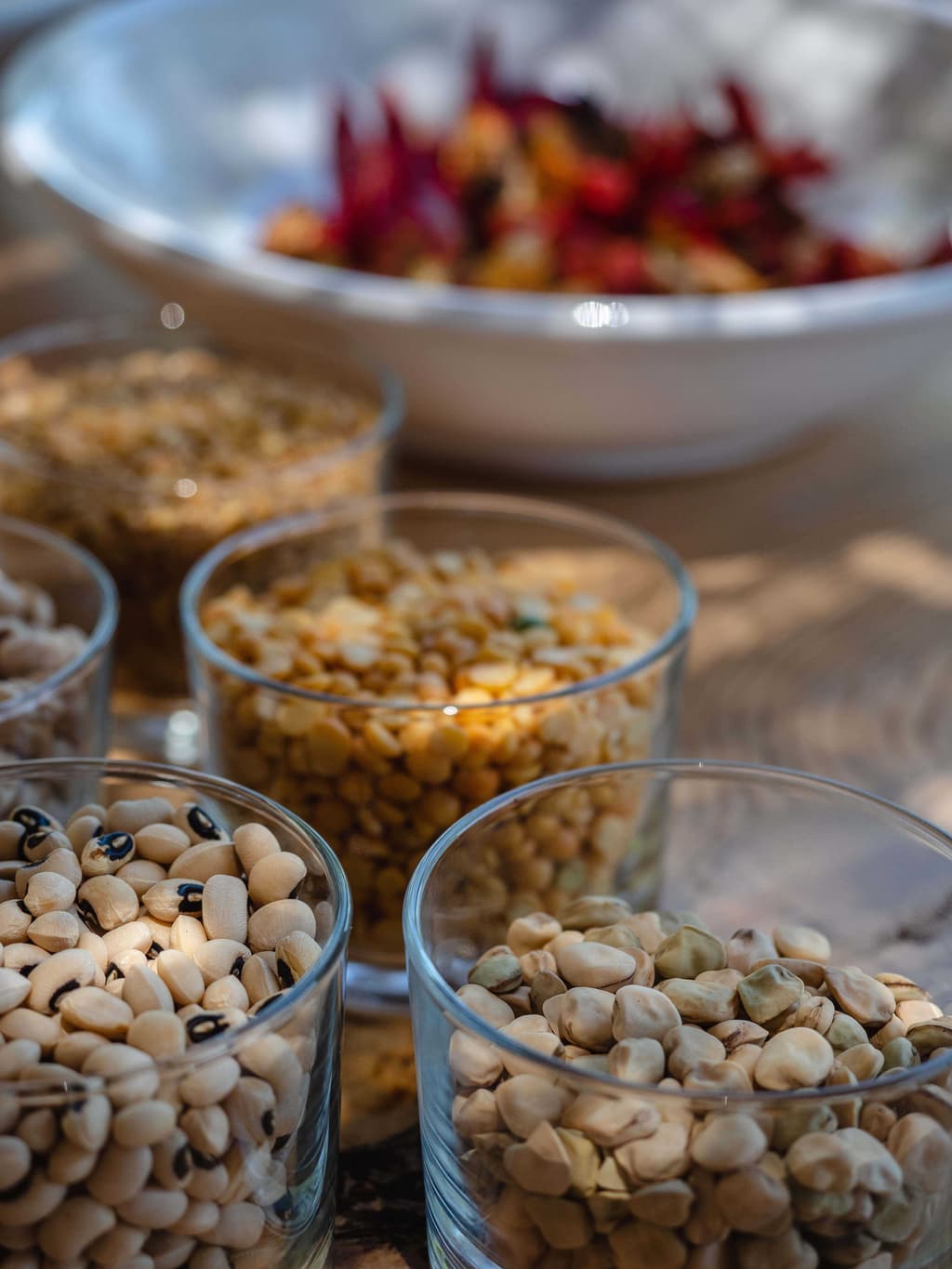
Fotokollyva
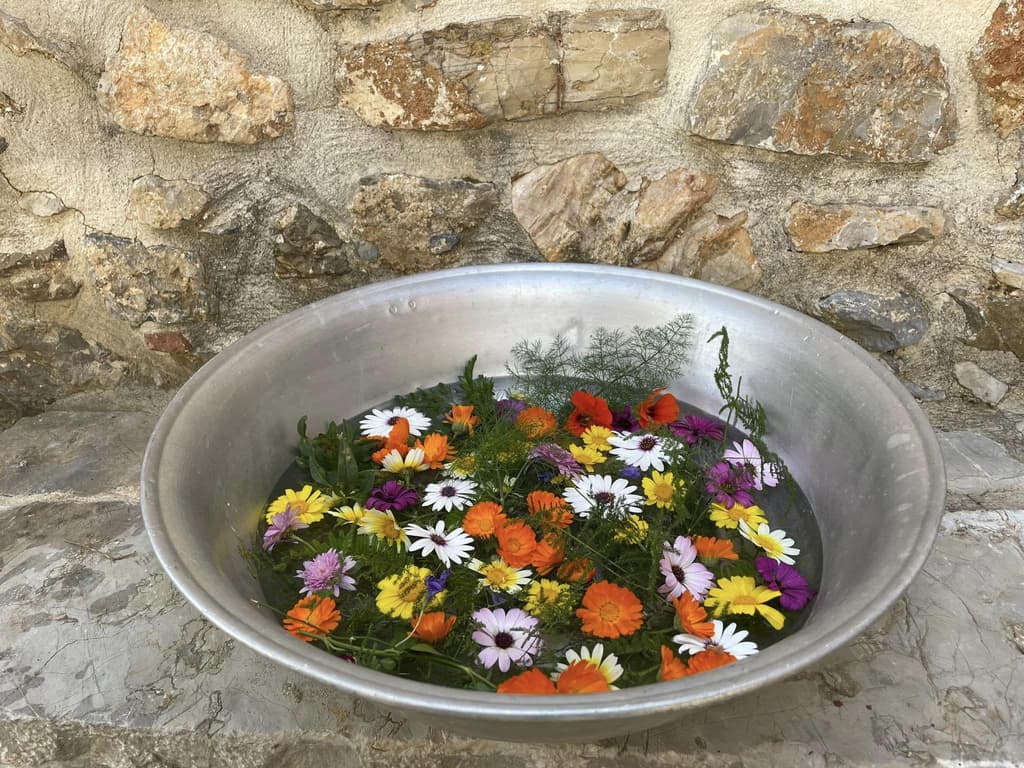
Dyeing Easter Eggs with Madder Root and Flower Blossoms
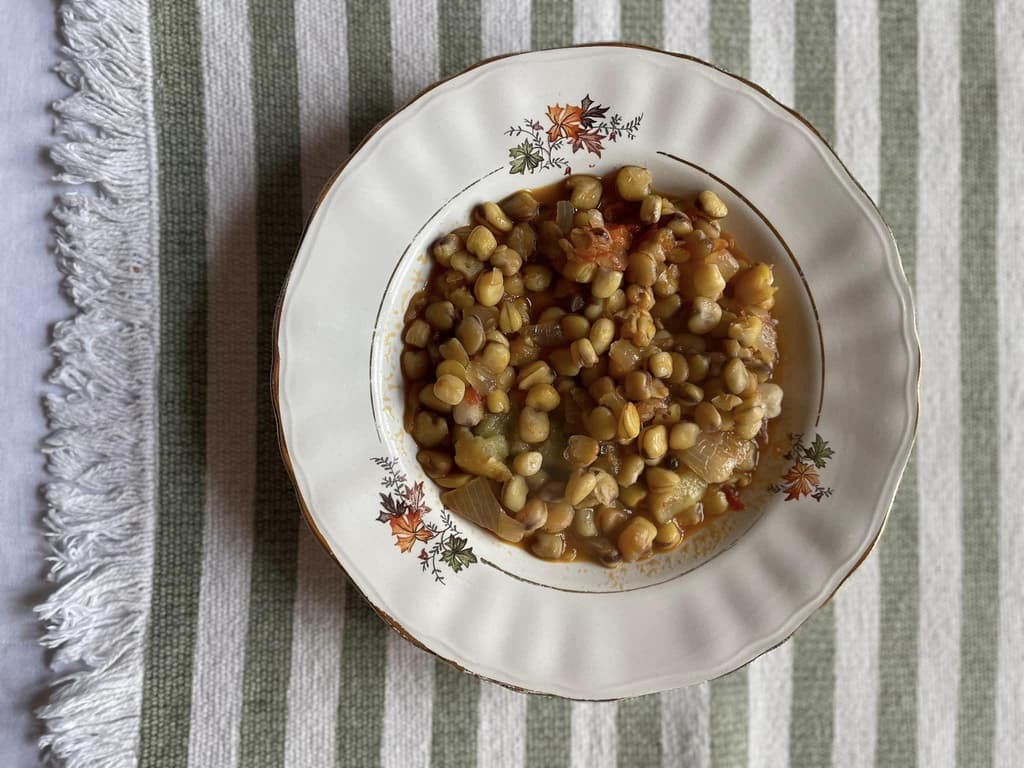
Biza or Manarolia Stew with Eggplants
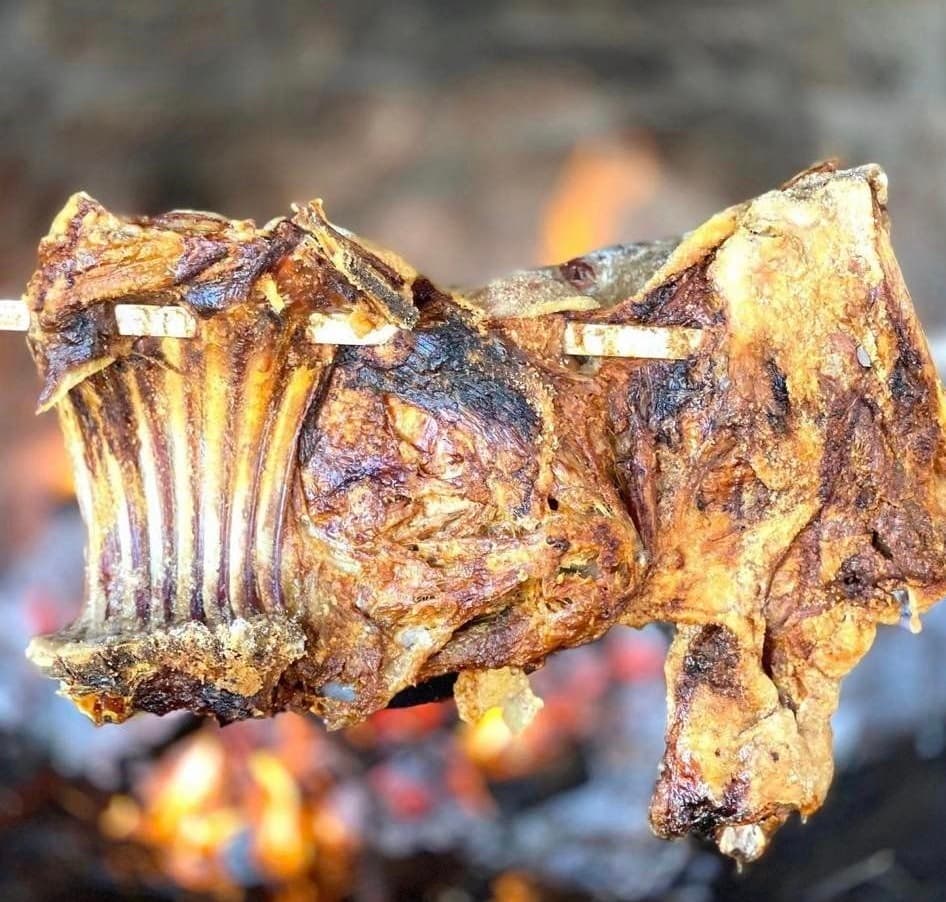
Antikristo or "Ofto" Meat
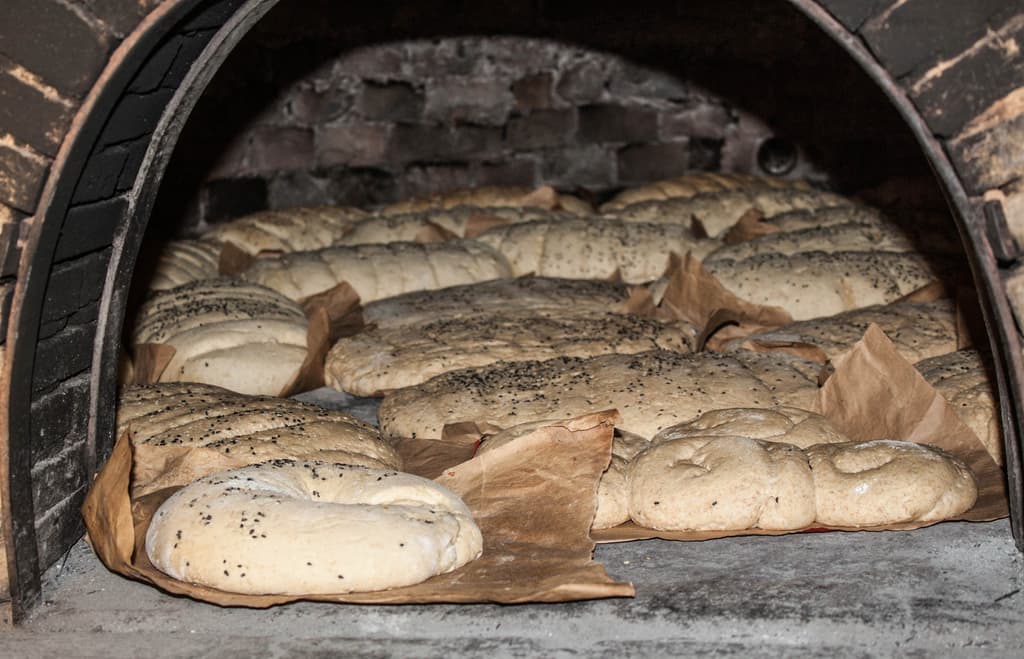
Eftazymo Bread
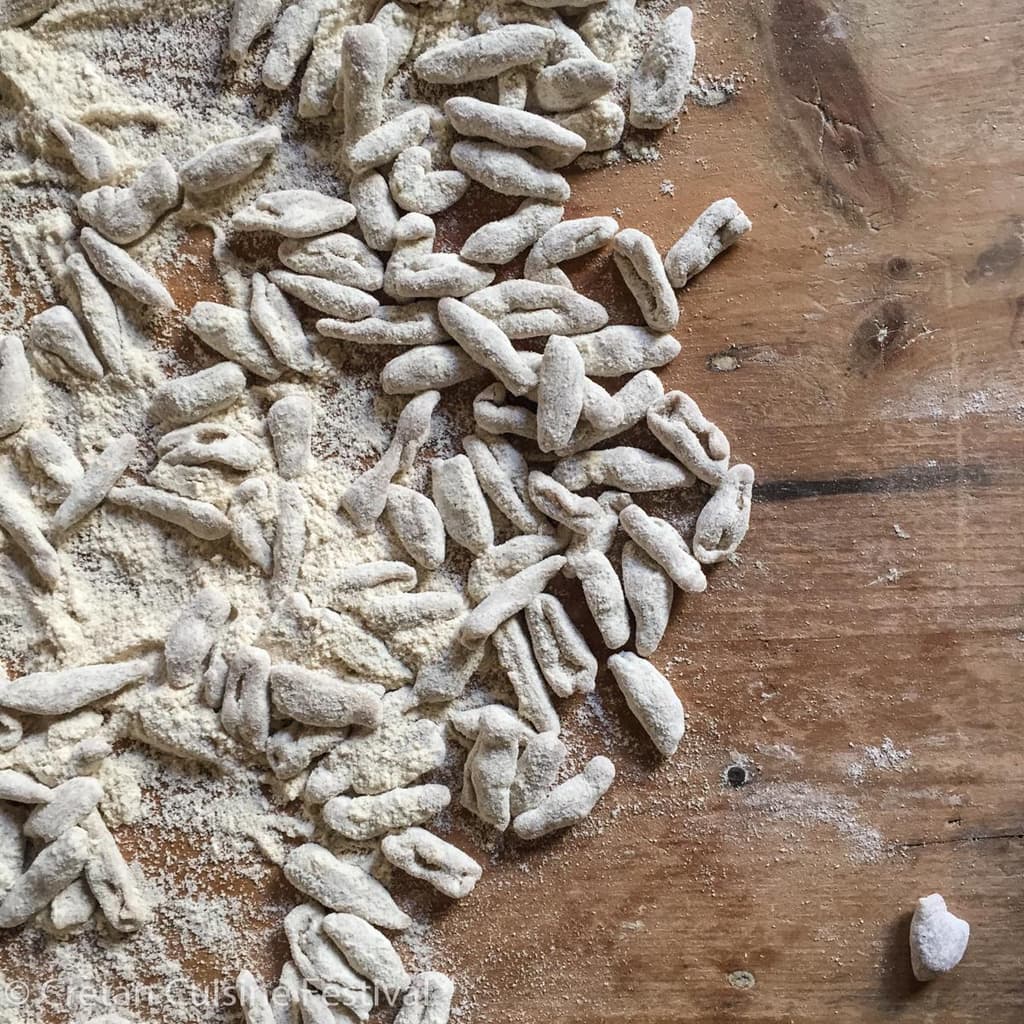
Skioufichta Macarounia
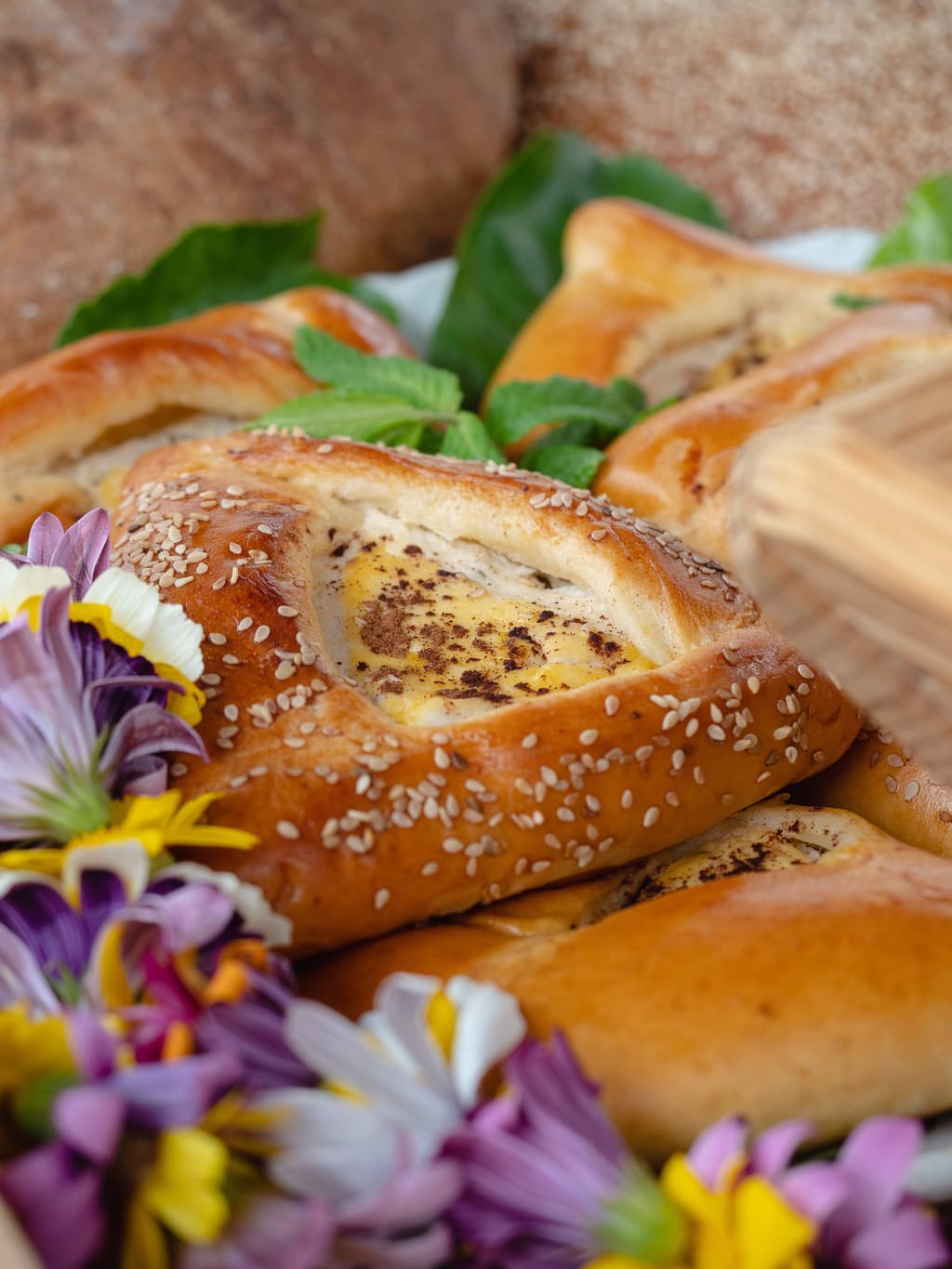
Anevata Kalitsounia
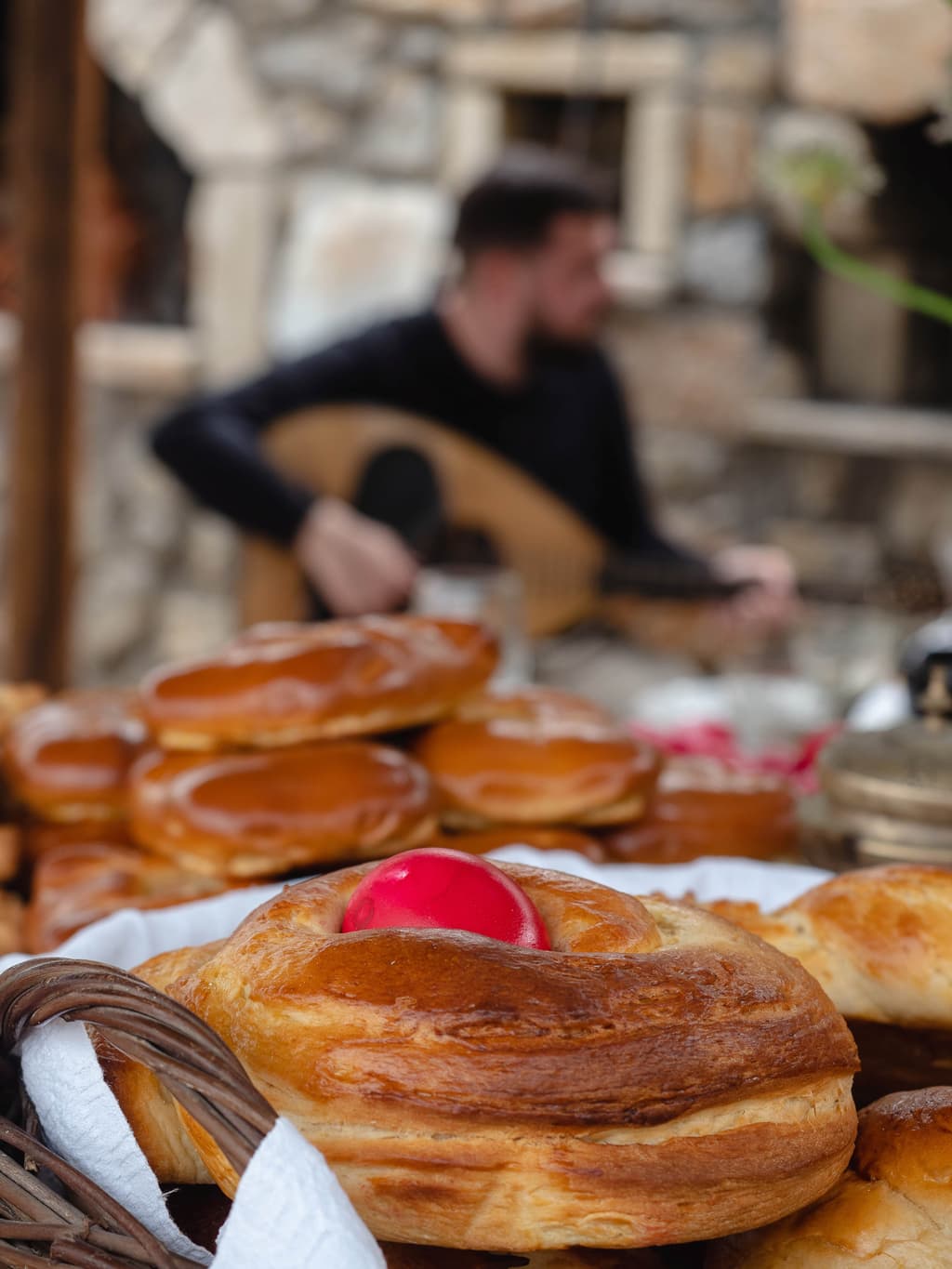
Galatera
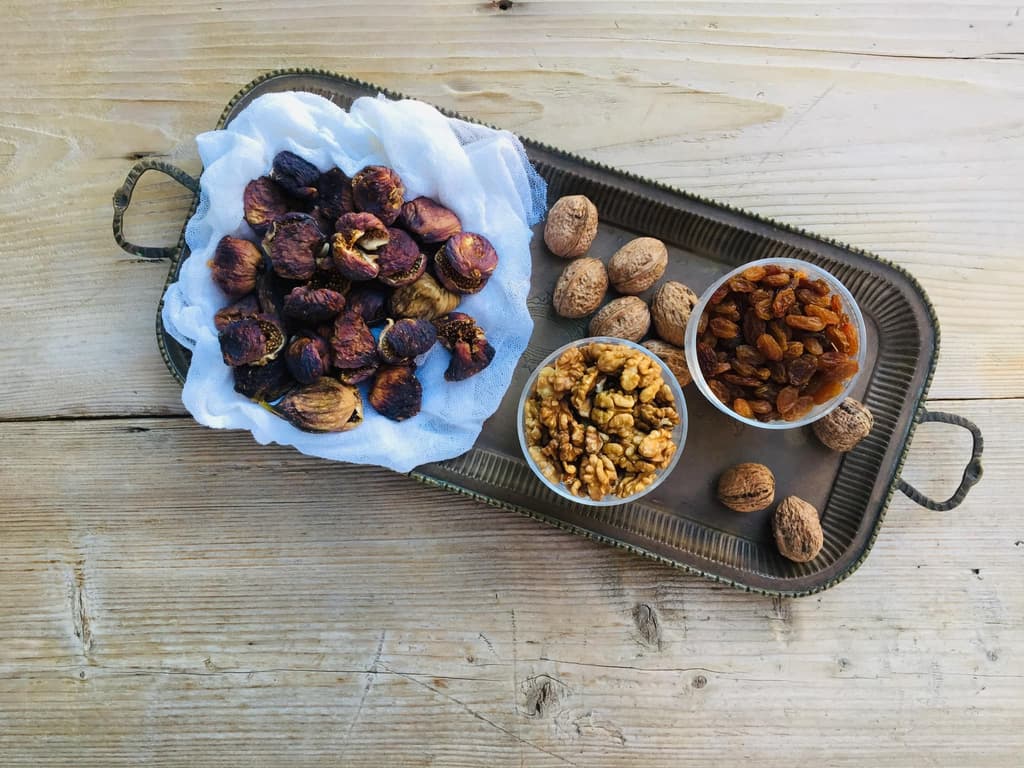
Sykomarides
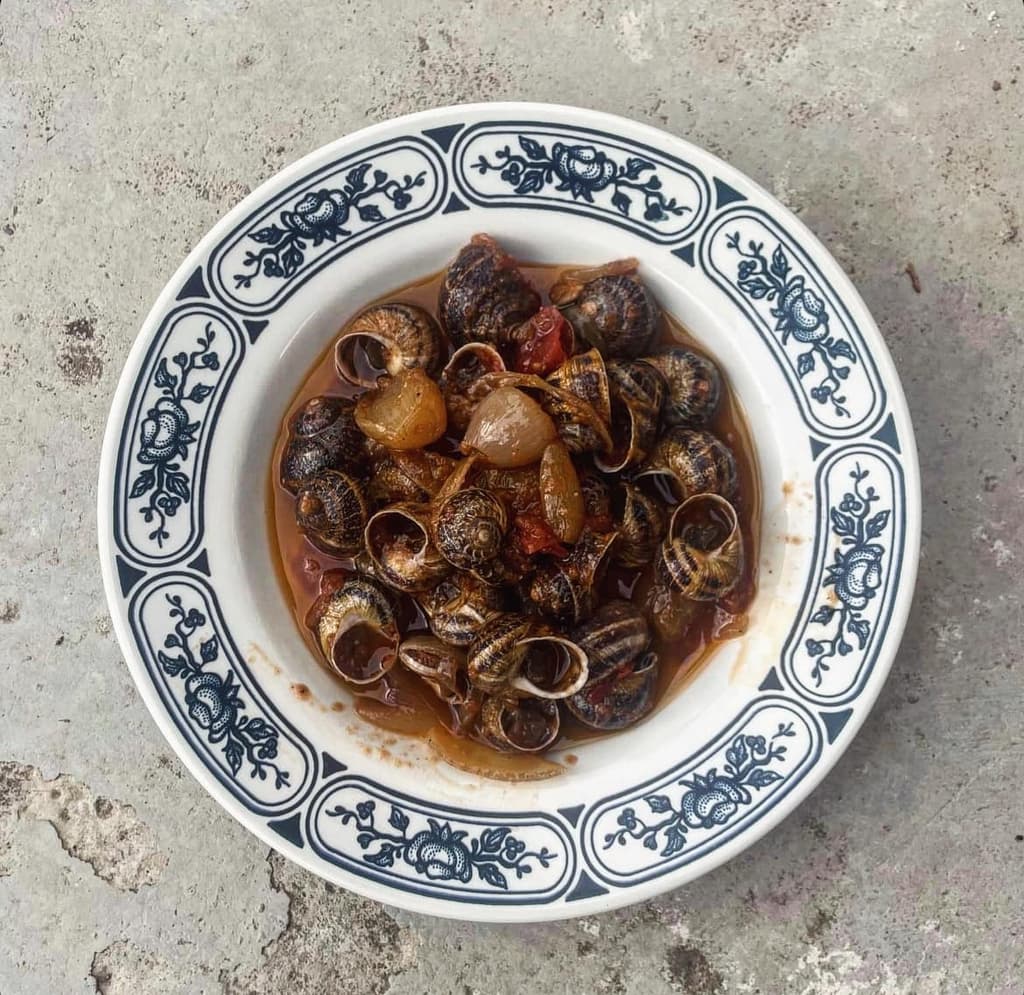
Snails Stifado
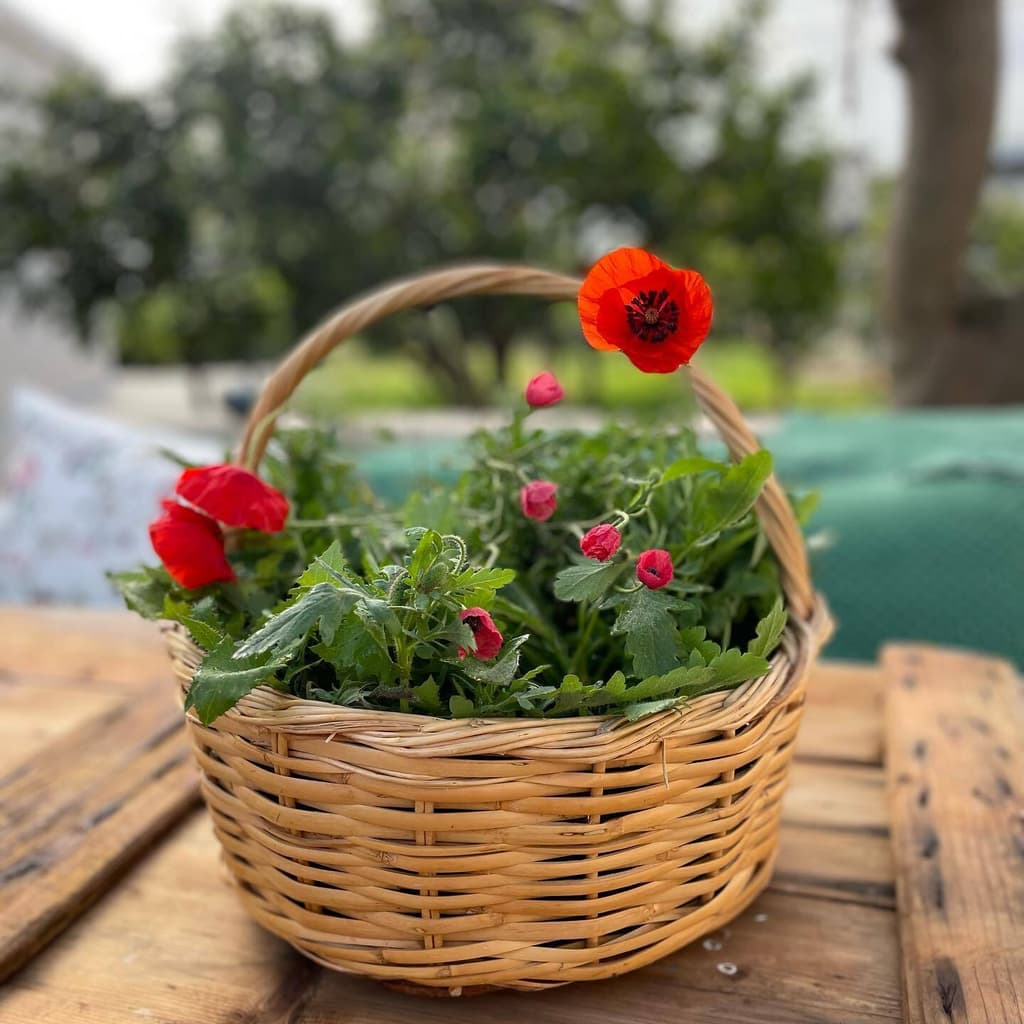
Poppy Pies (Paparounopites)

Beetroot Salad

Bitter Orange Spoon Sweet (Nerantzi)
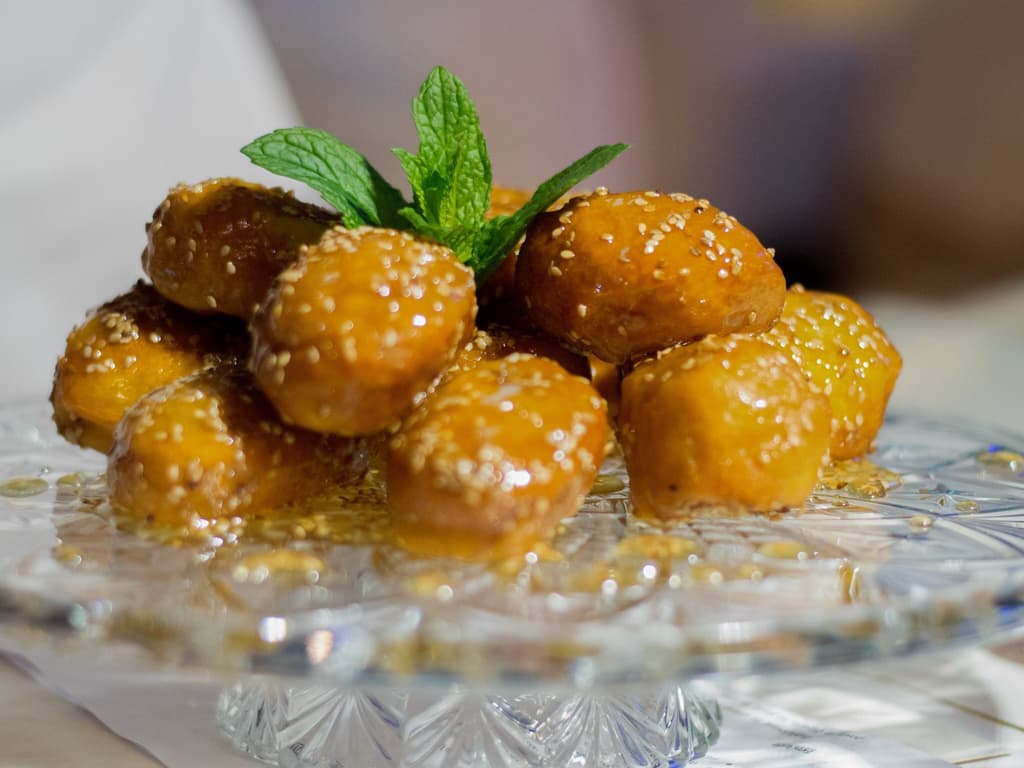
Loukoumia or Koubania
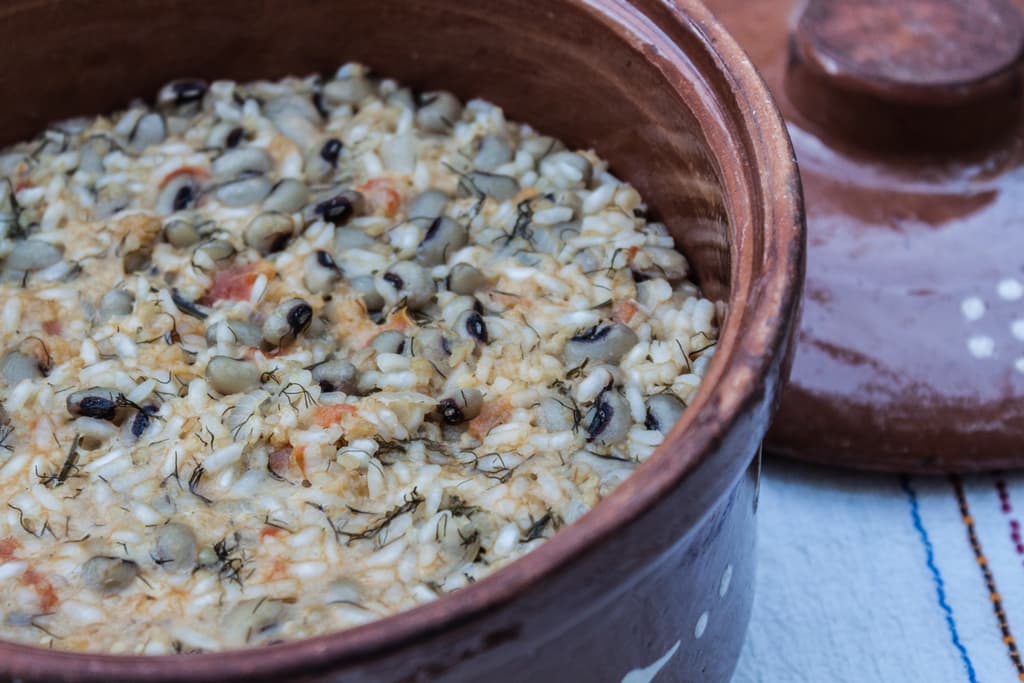
Fasouloryzo
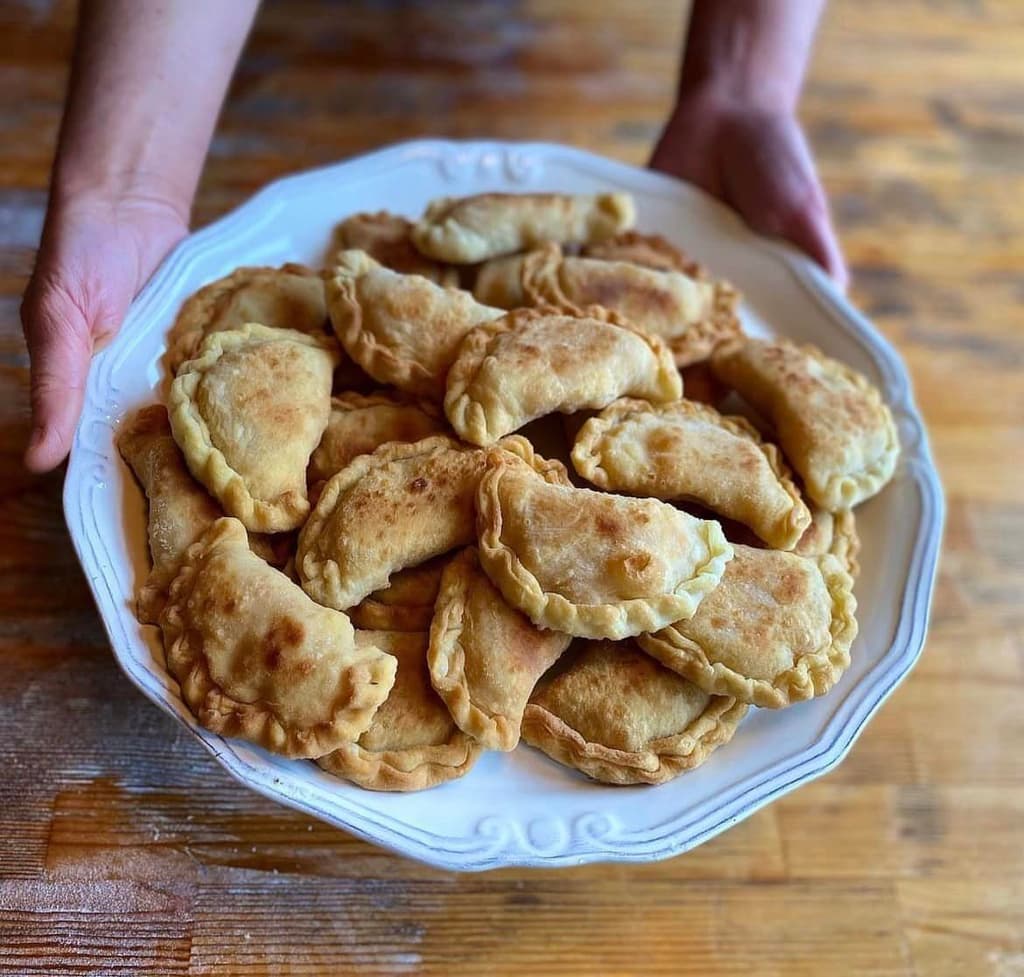
Pumpkin-Filled Pitarakia



